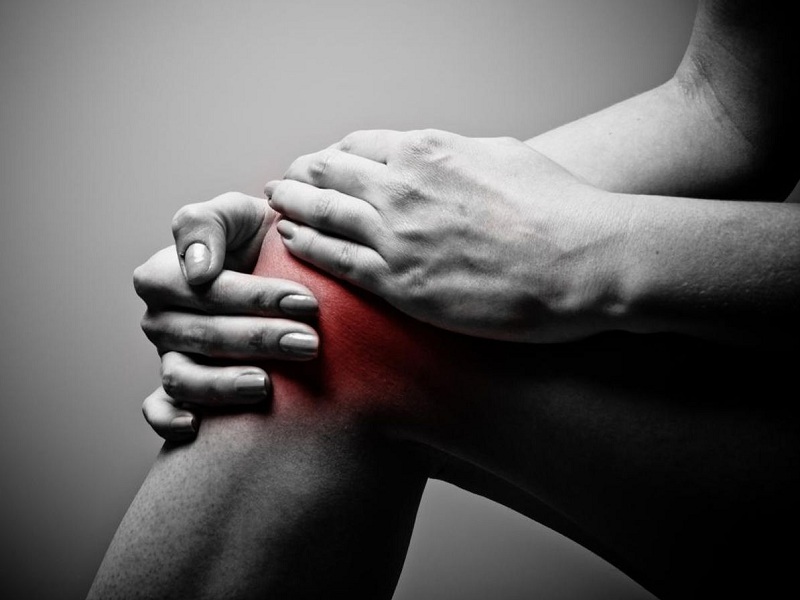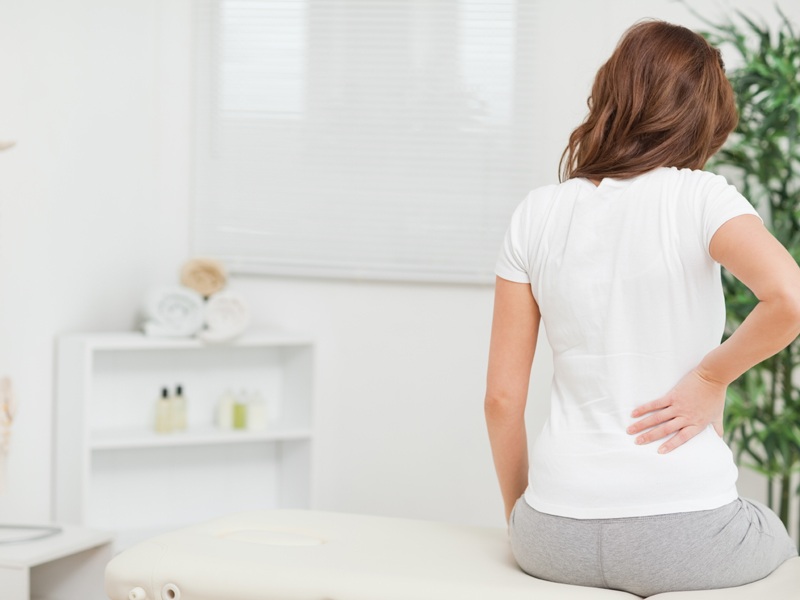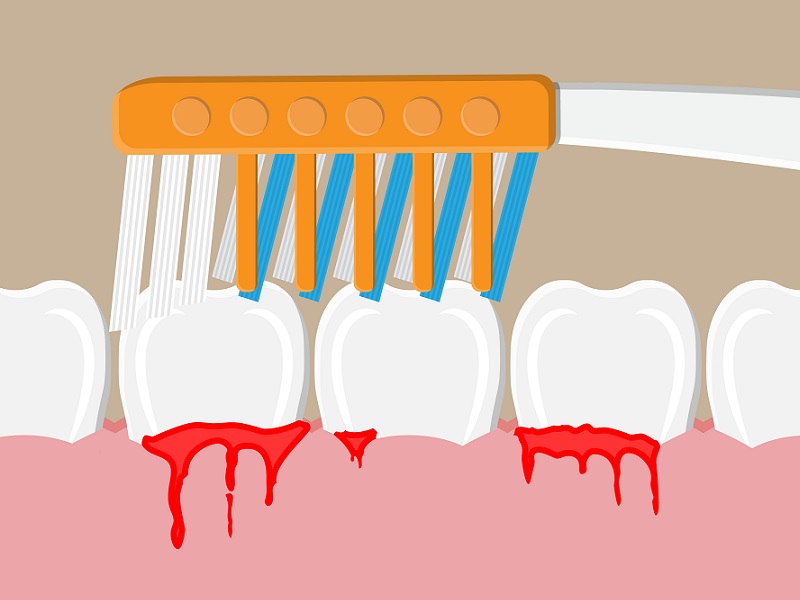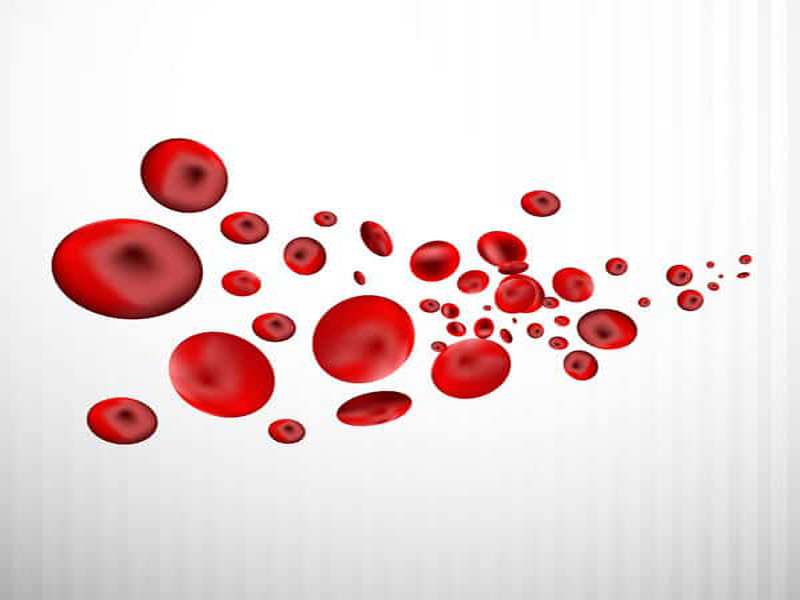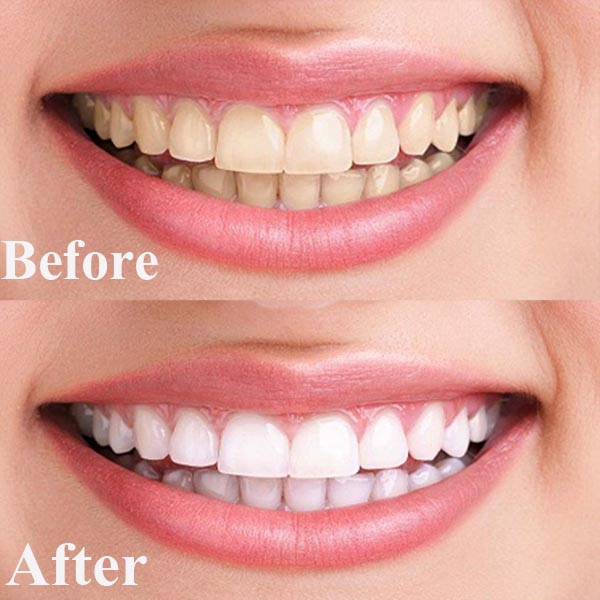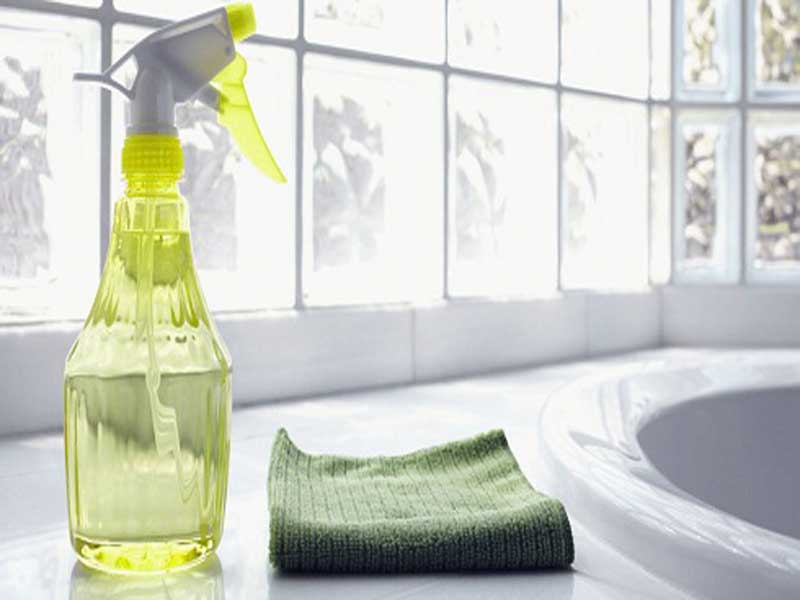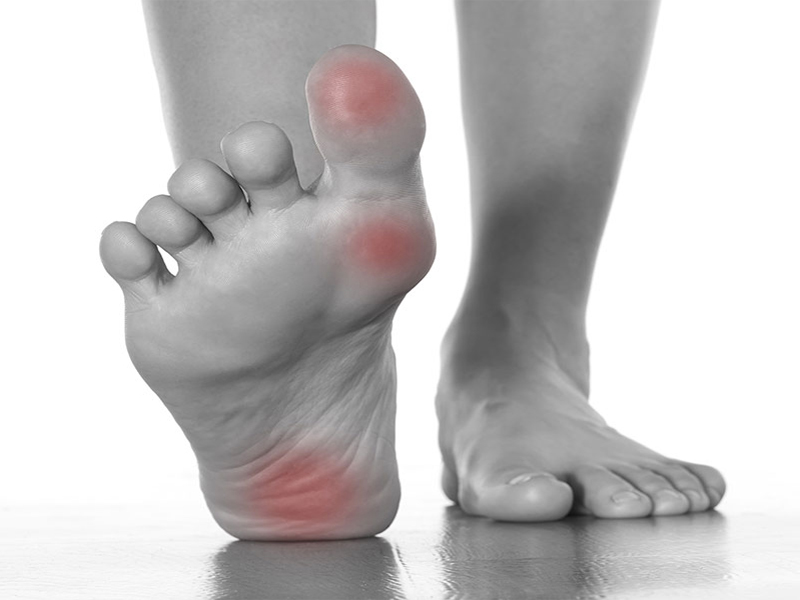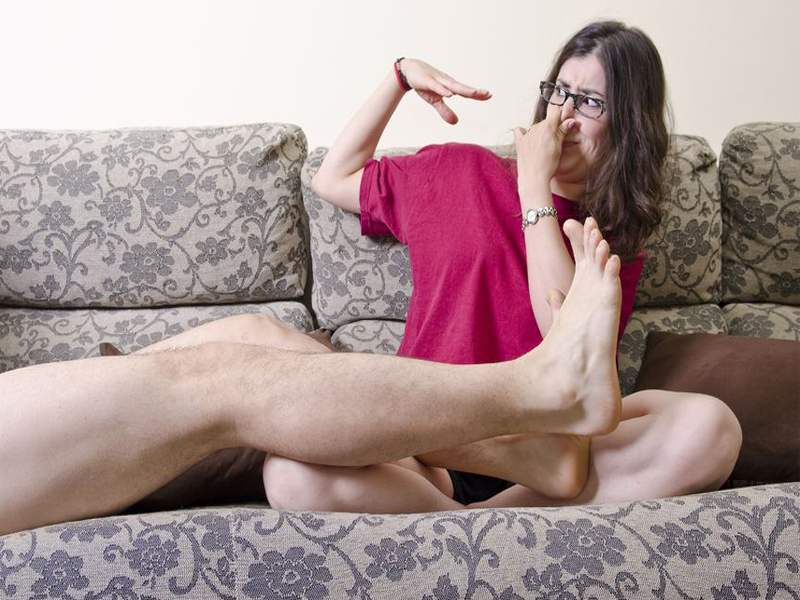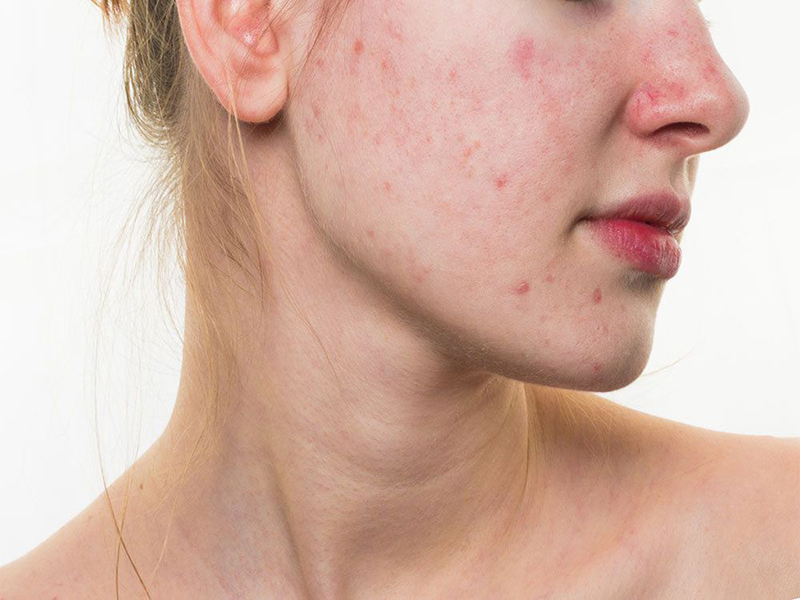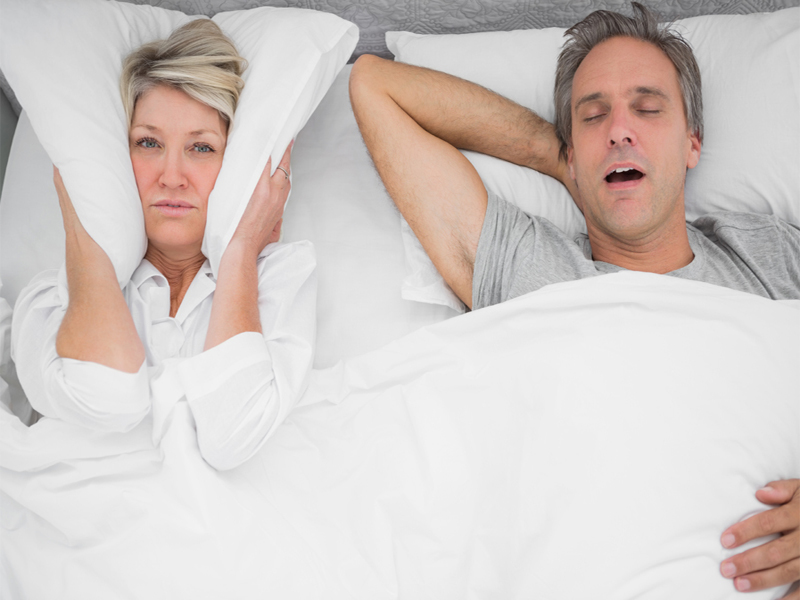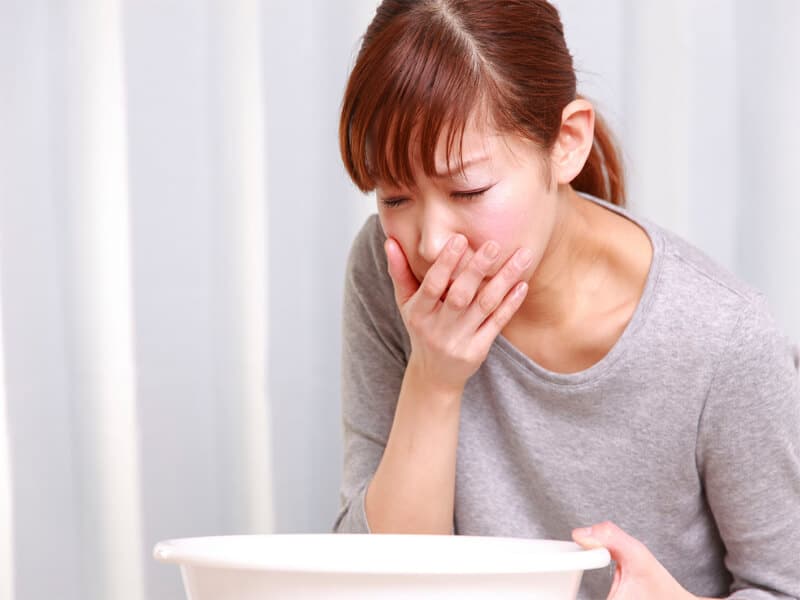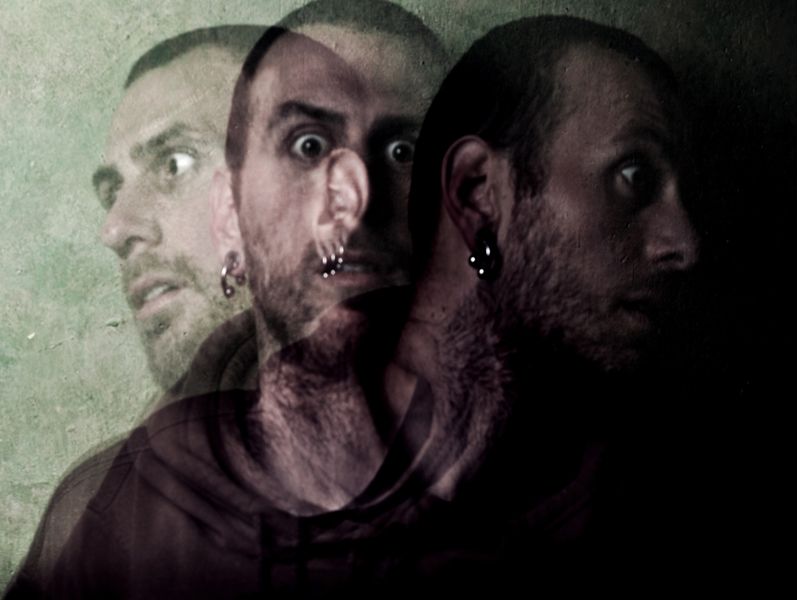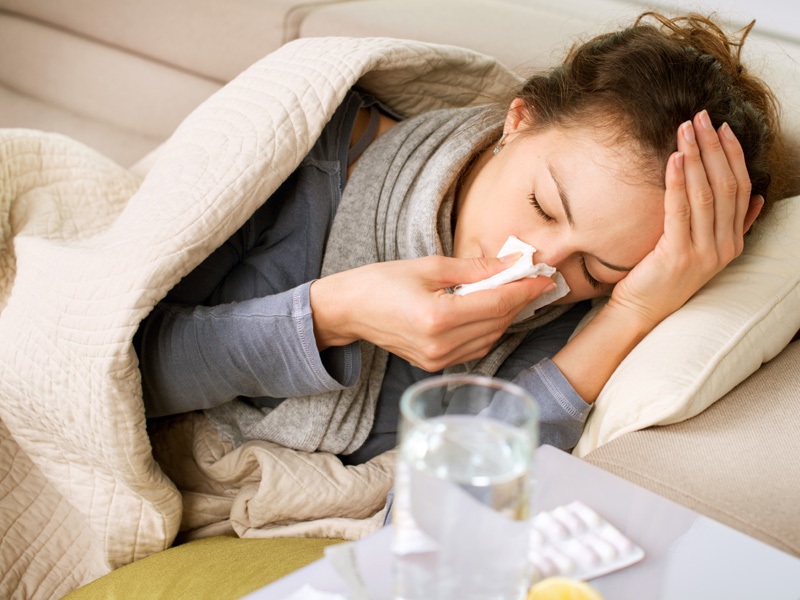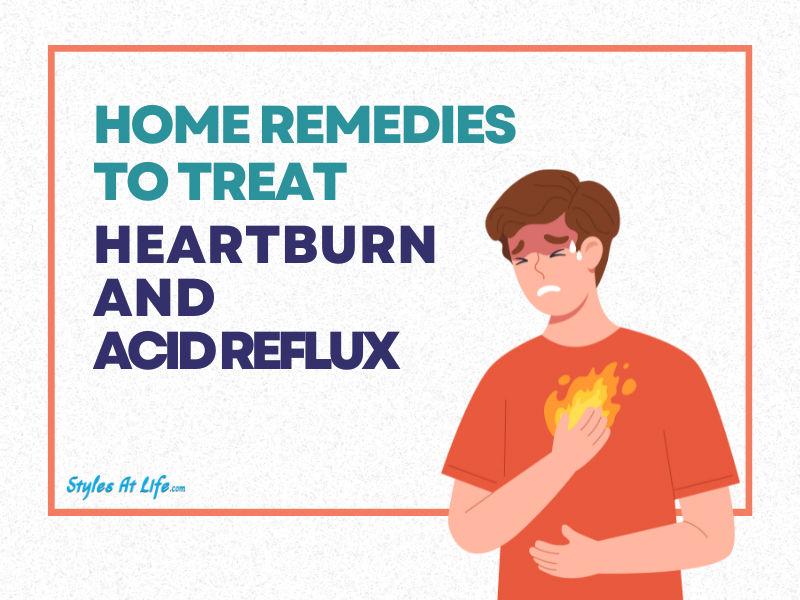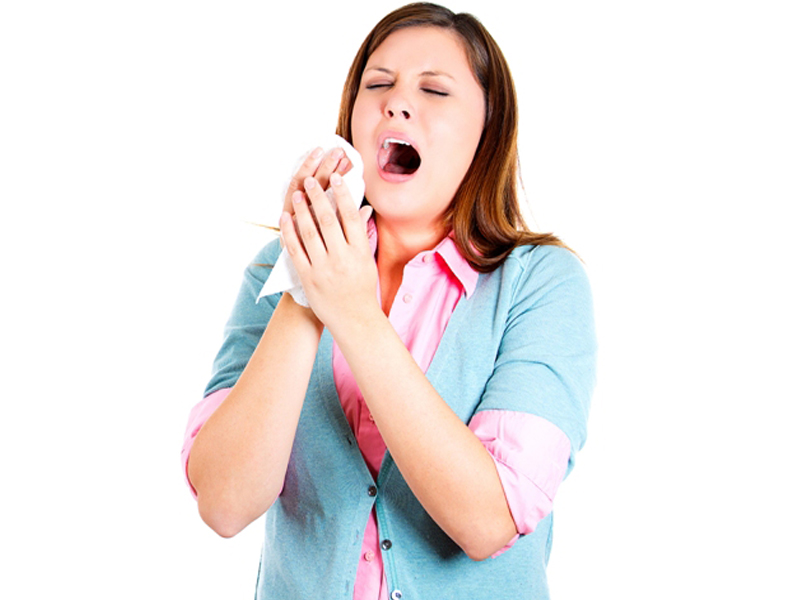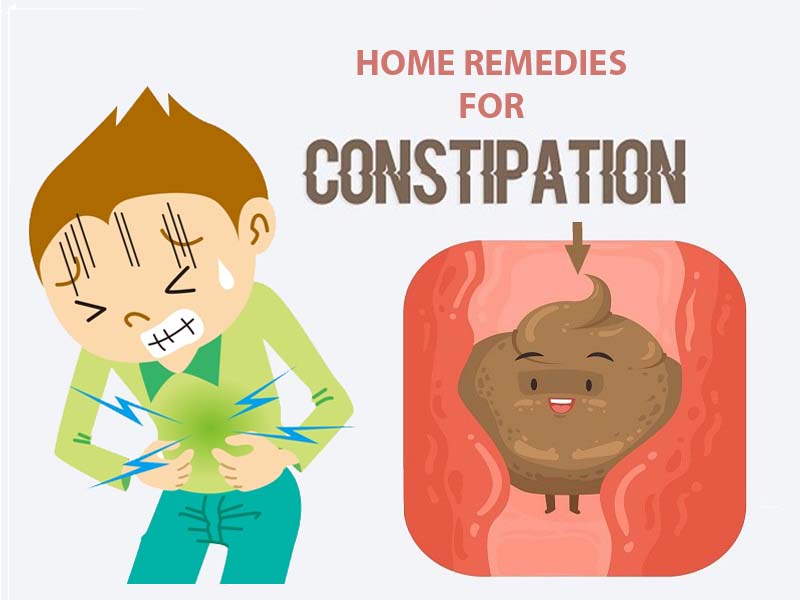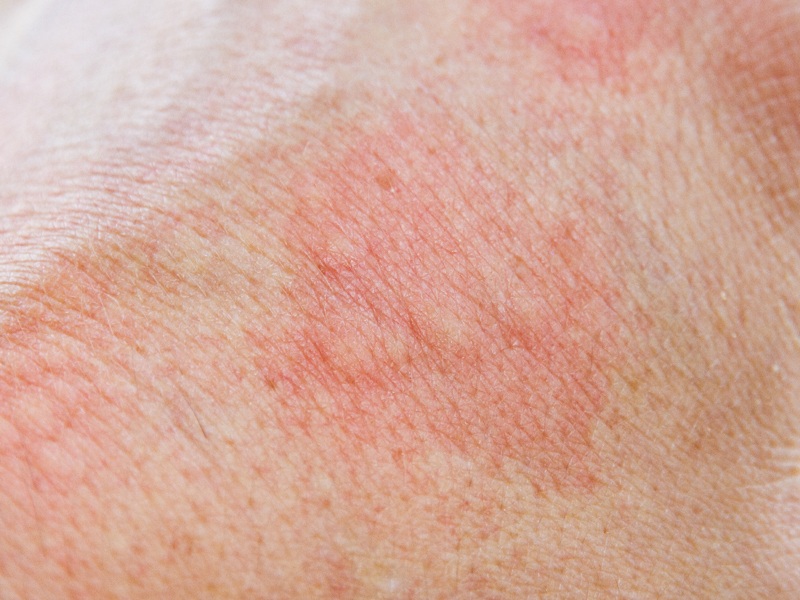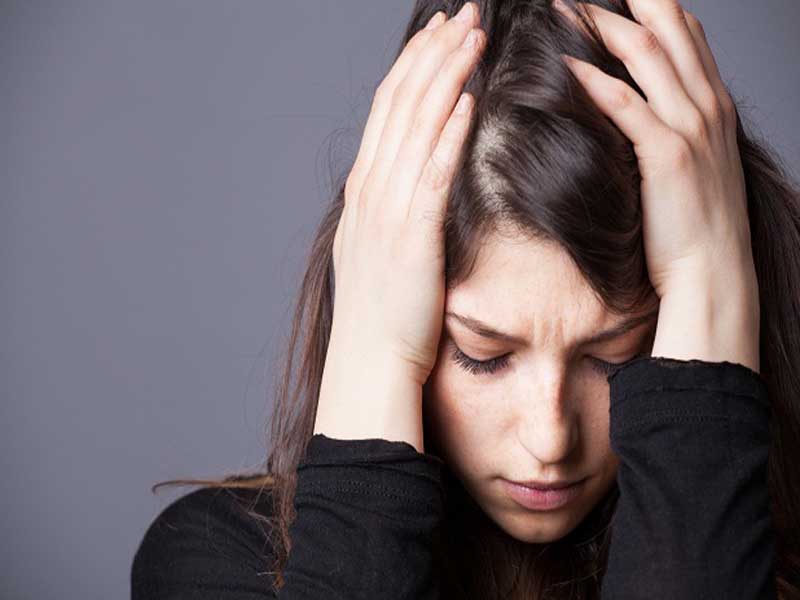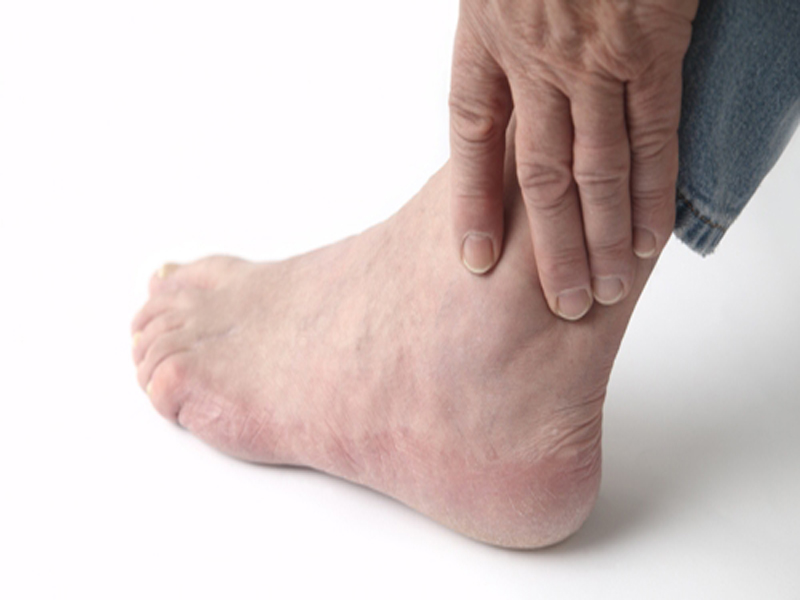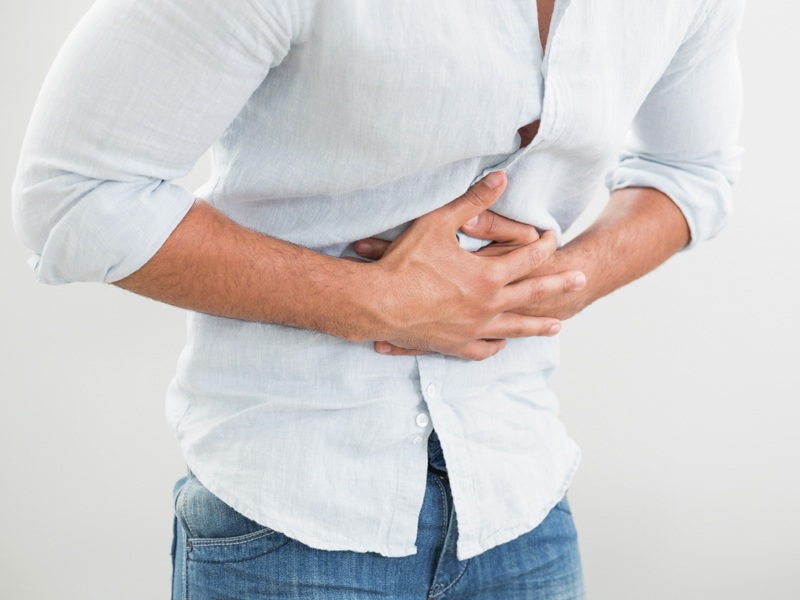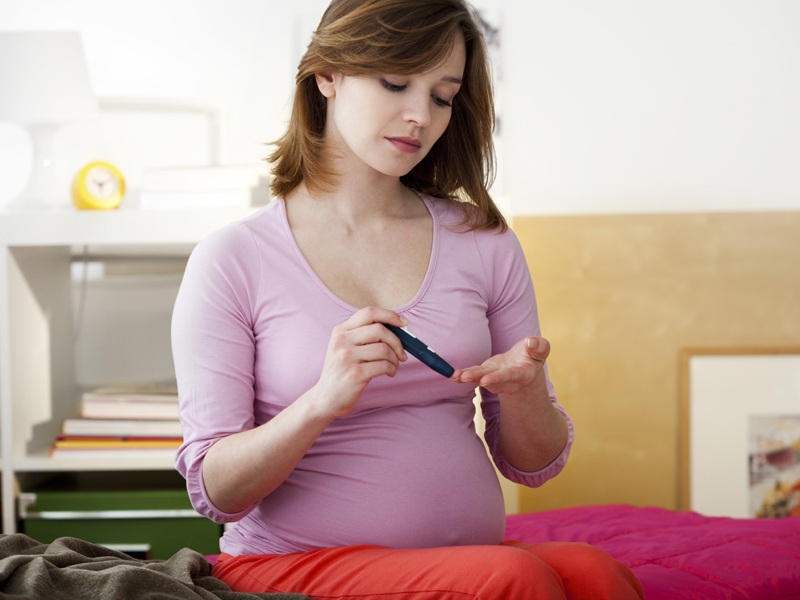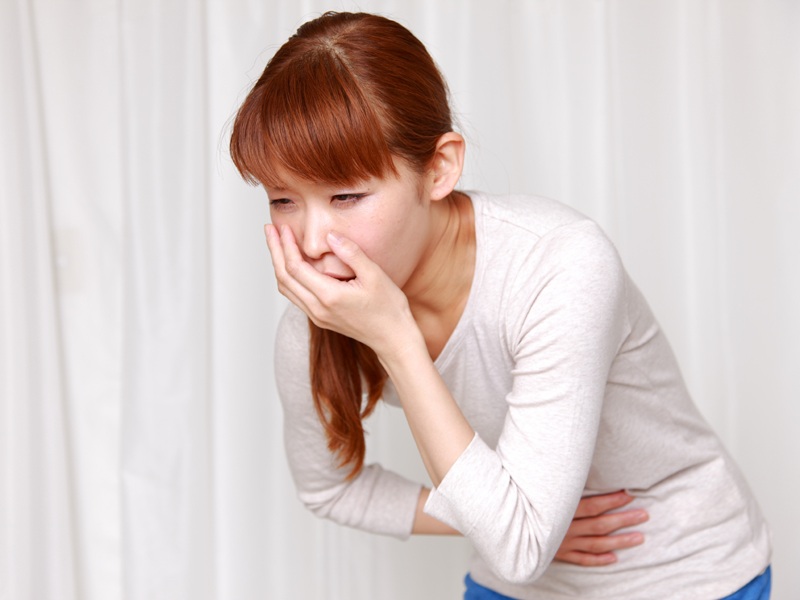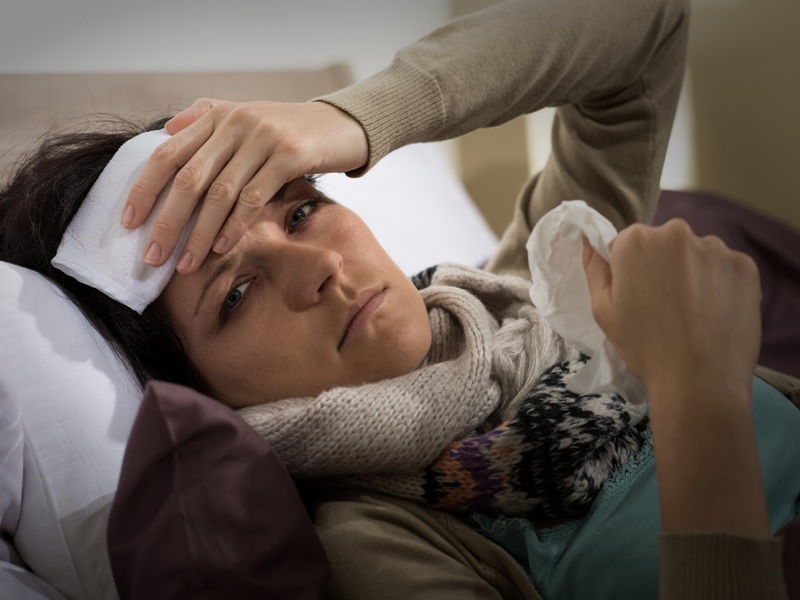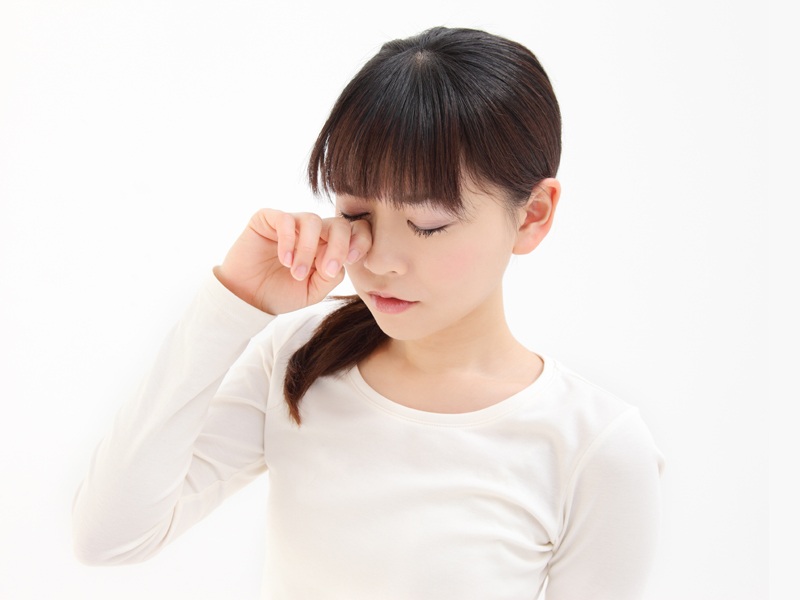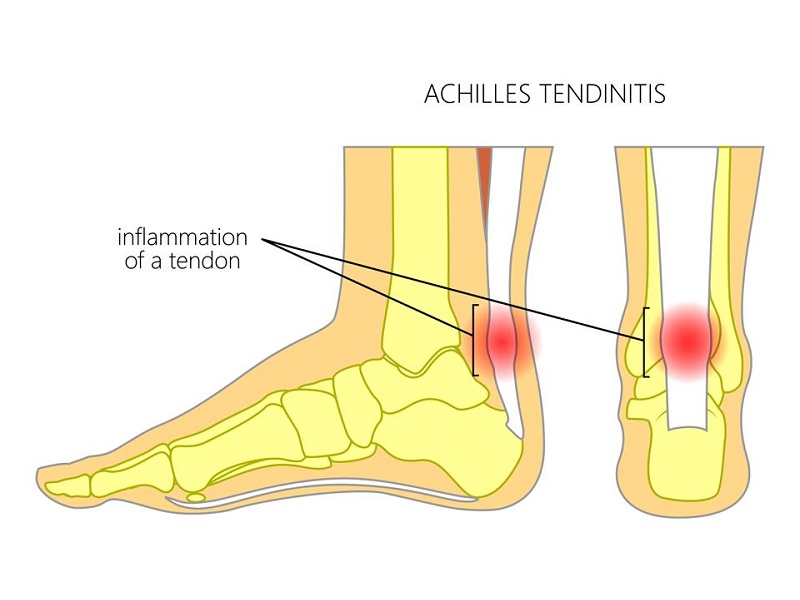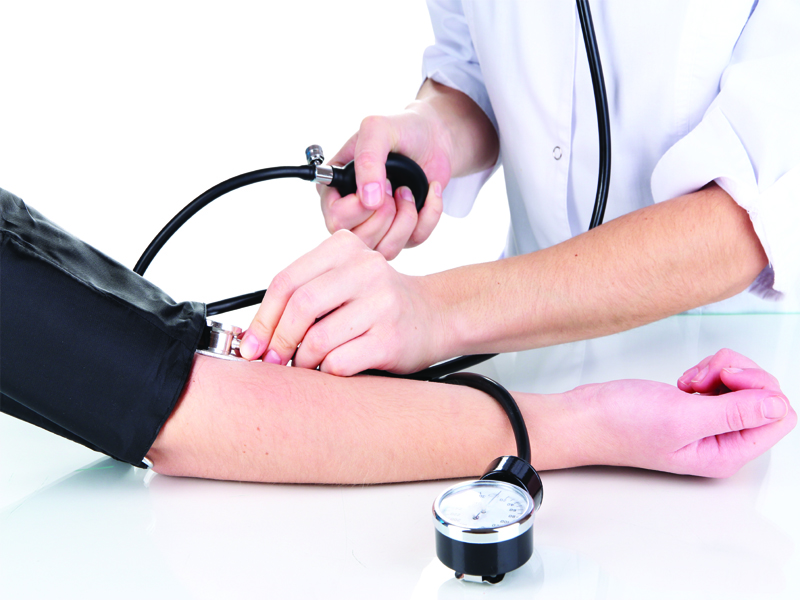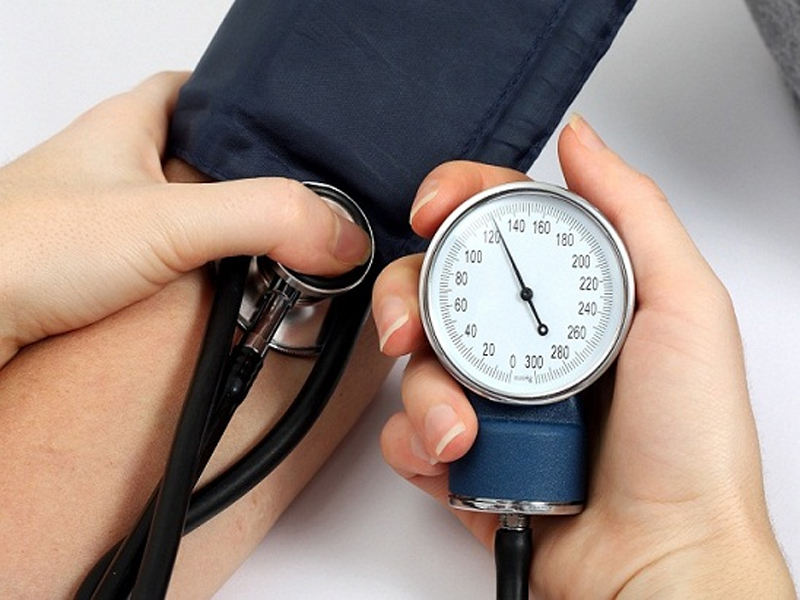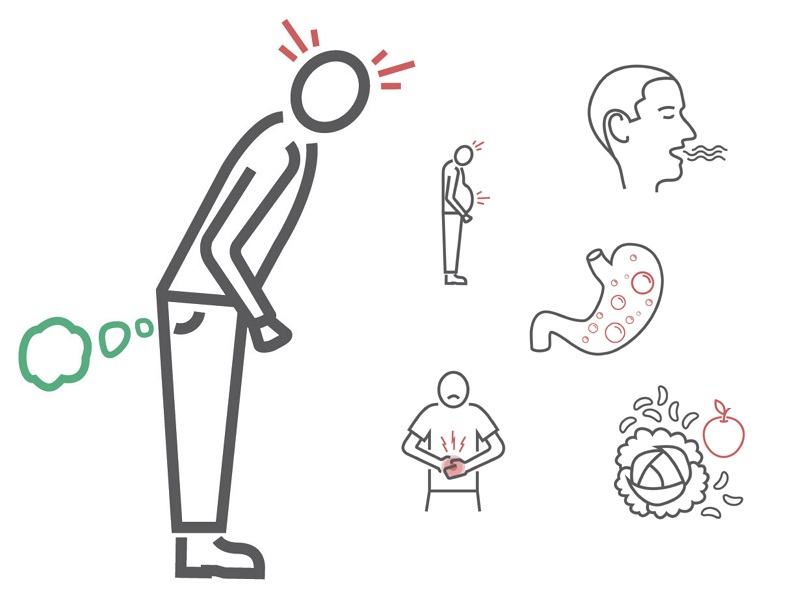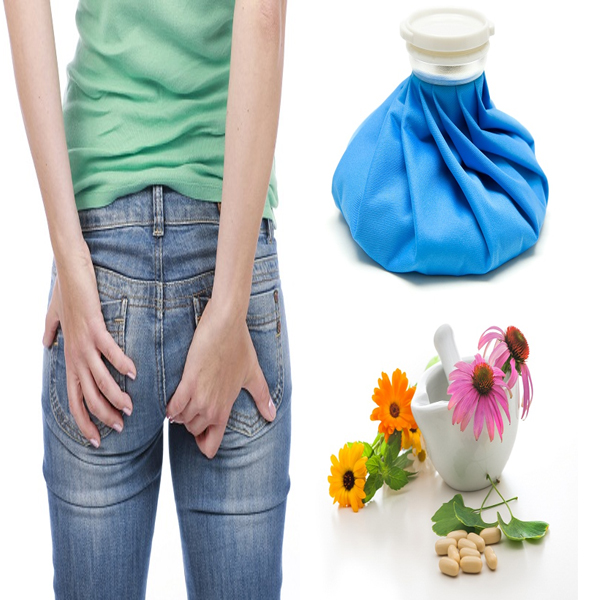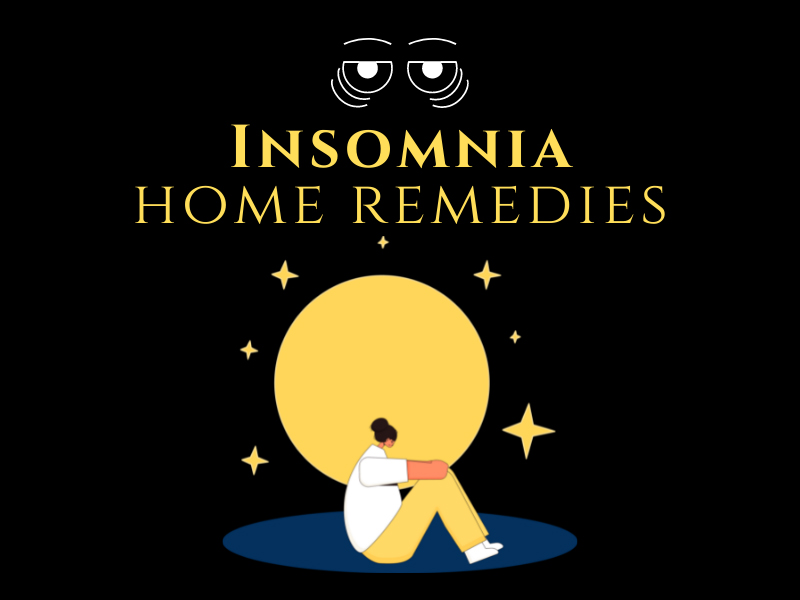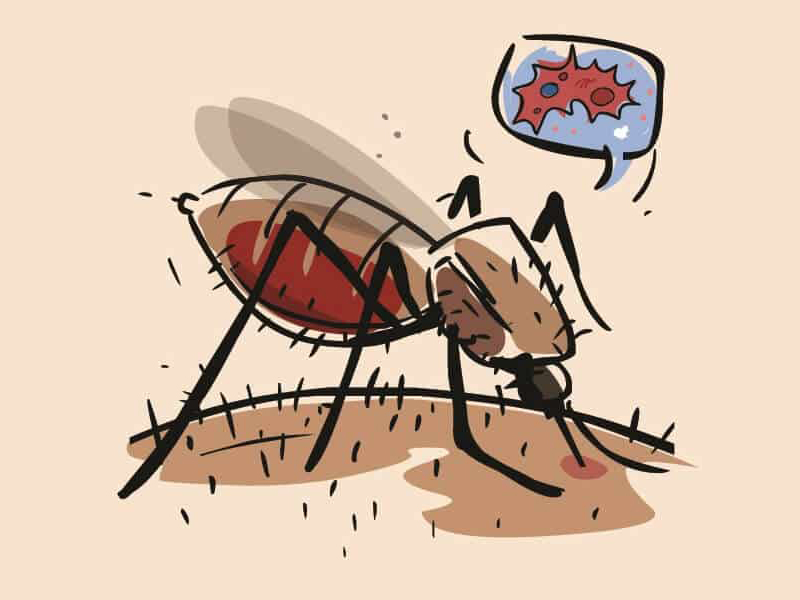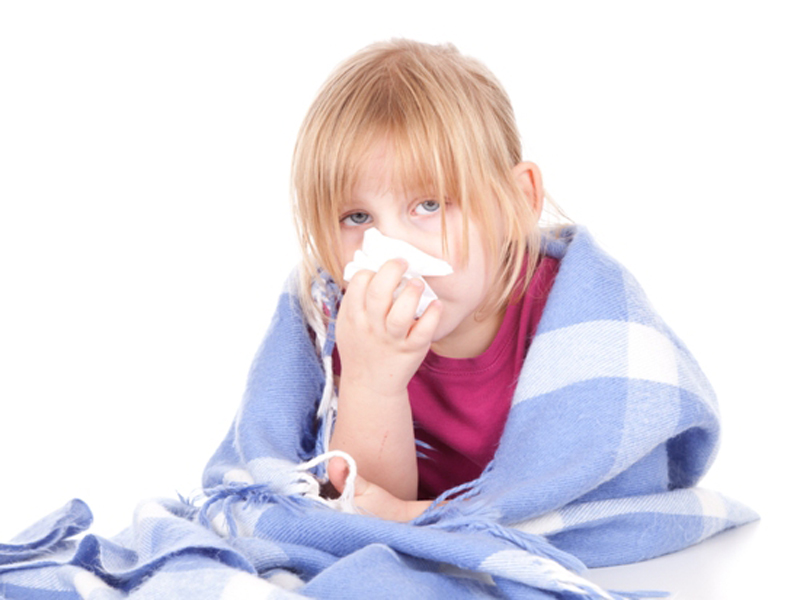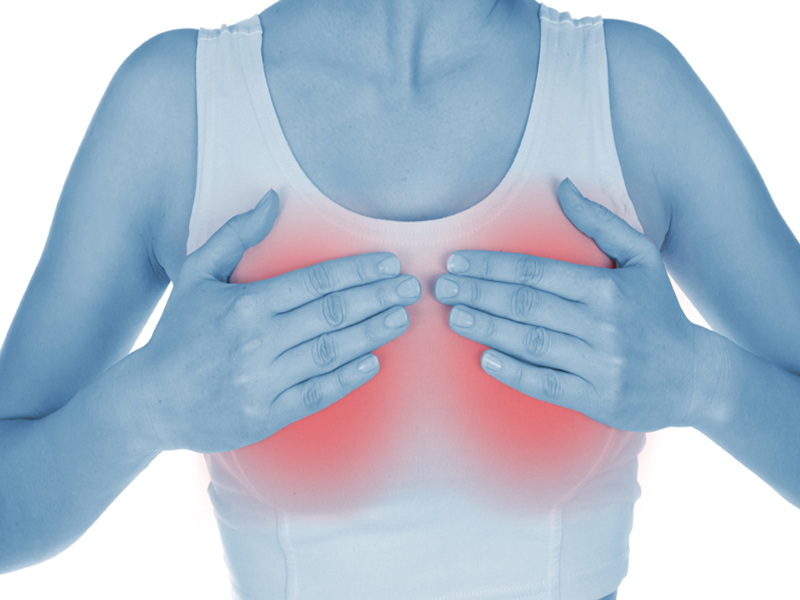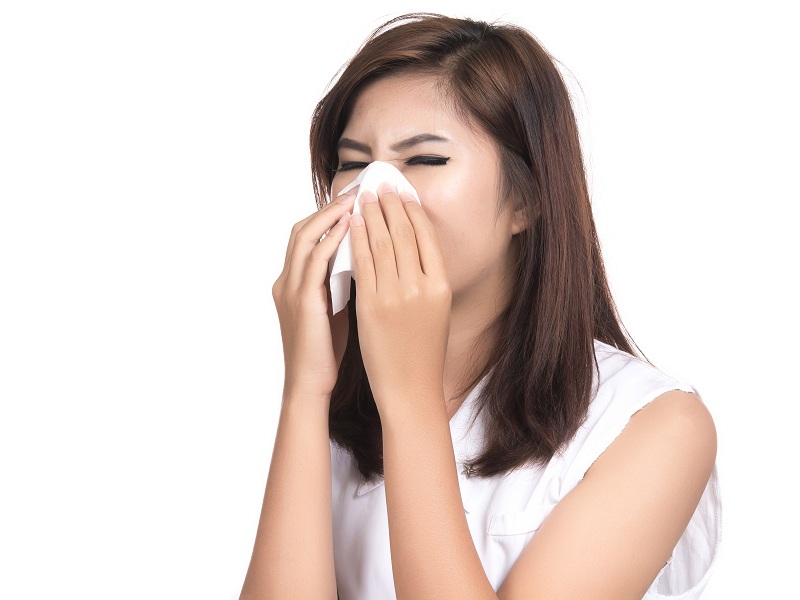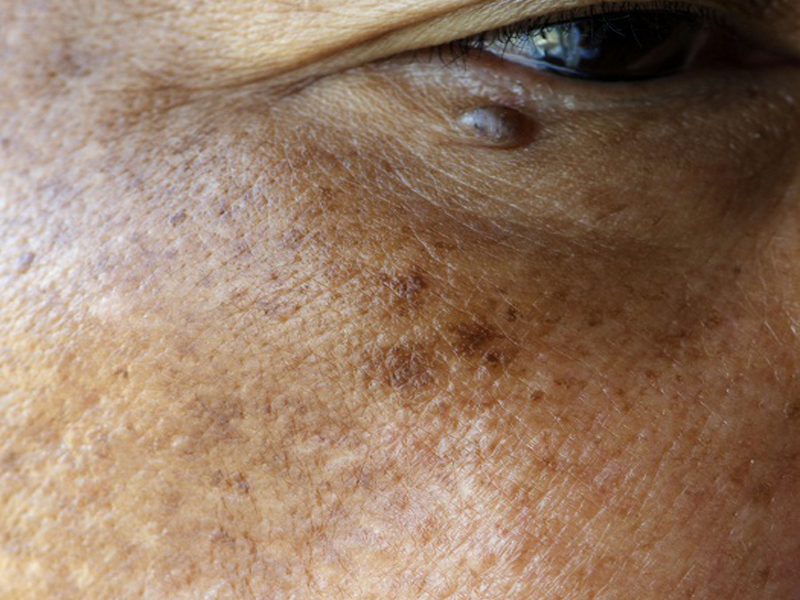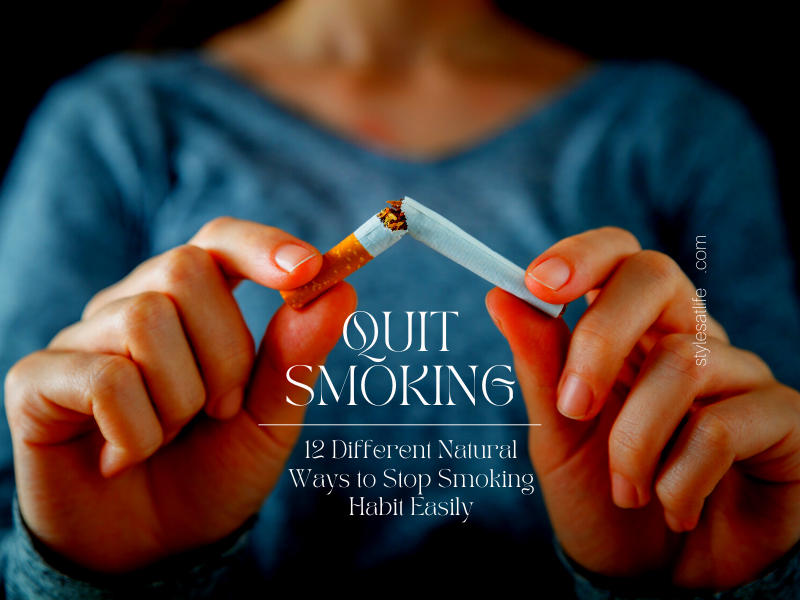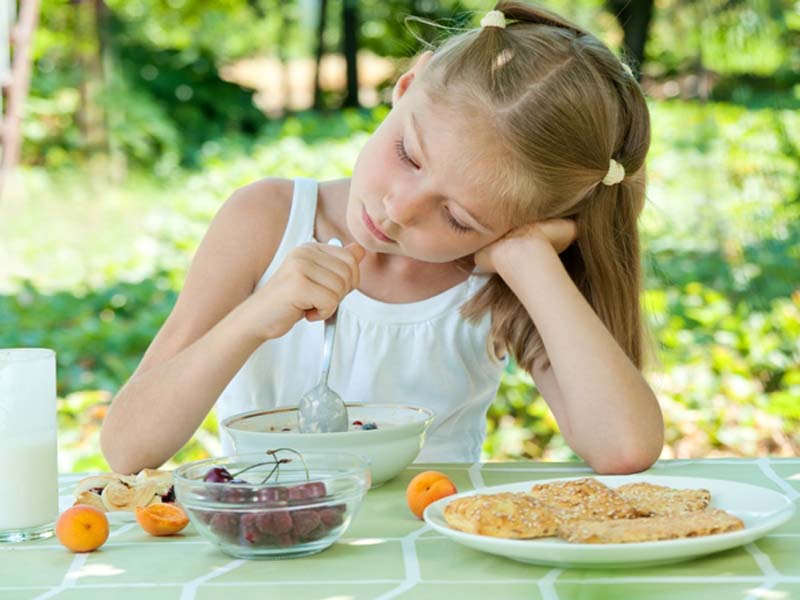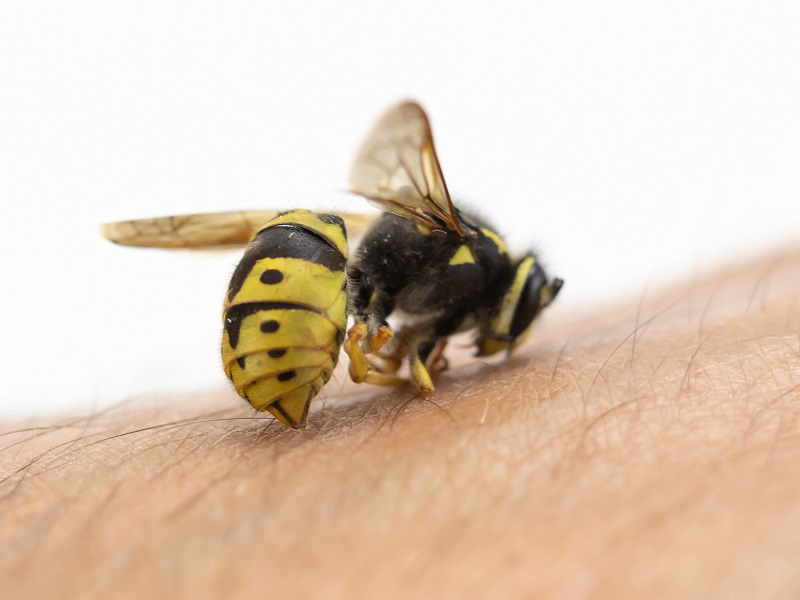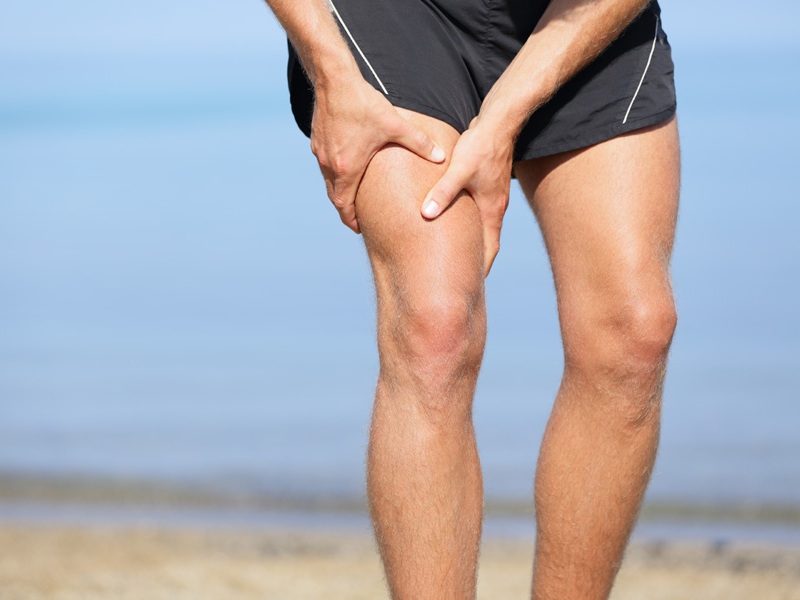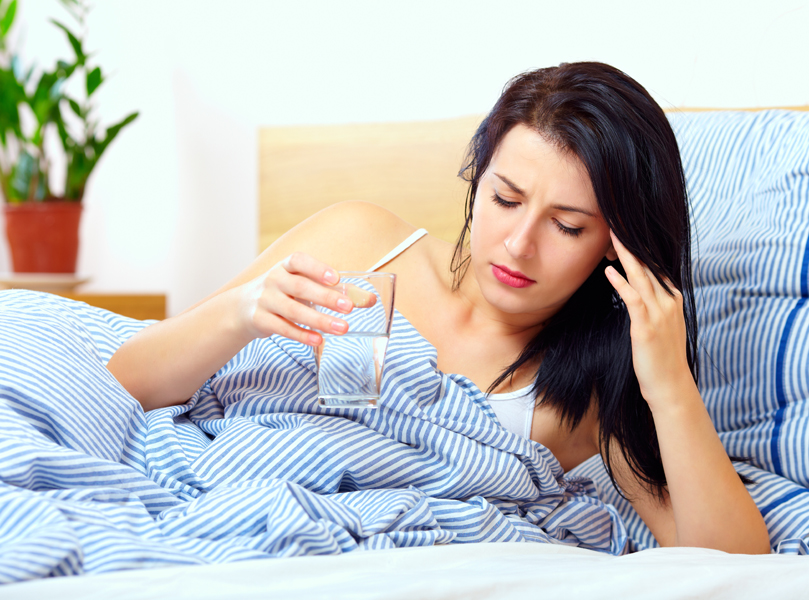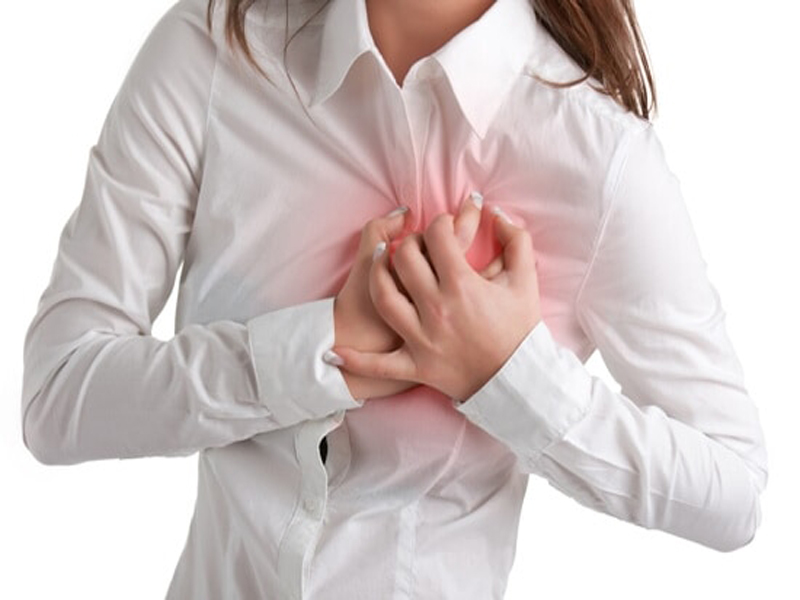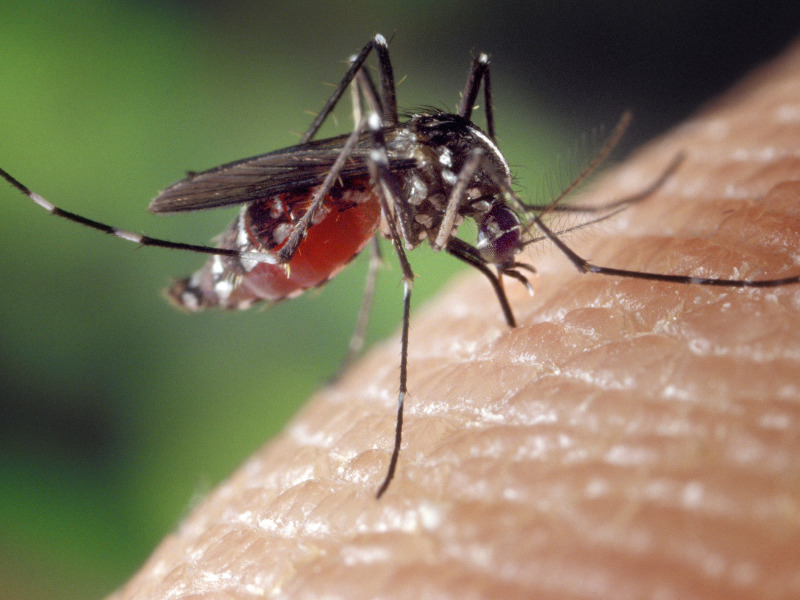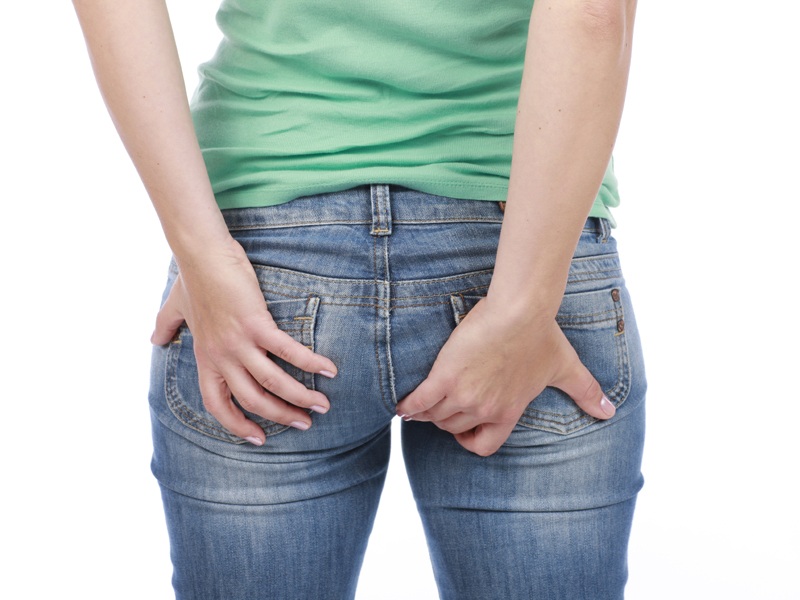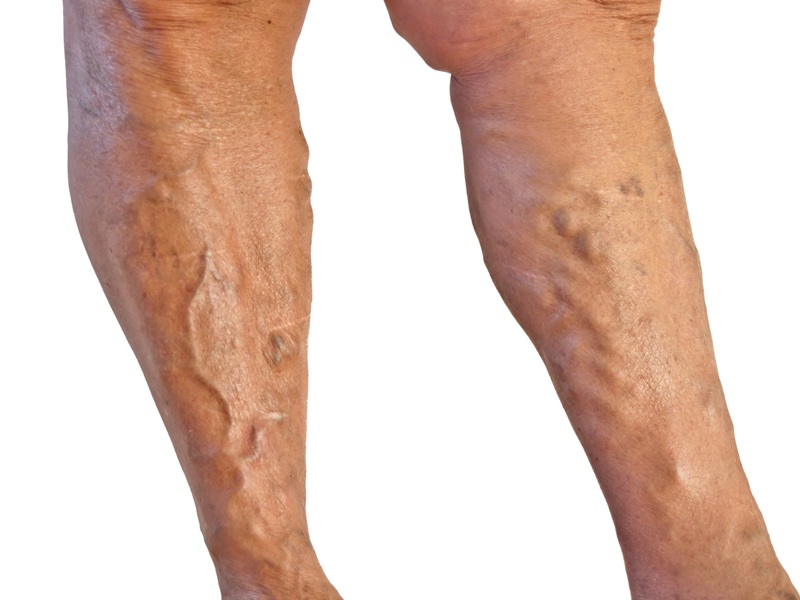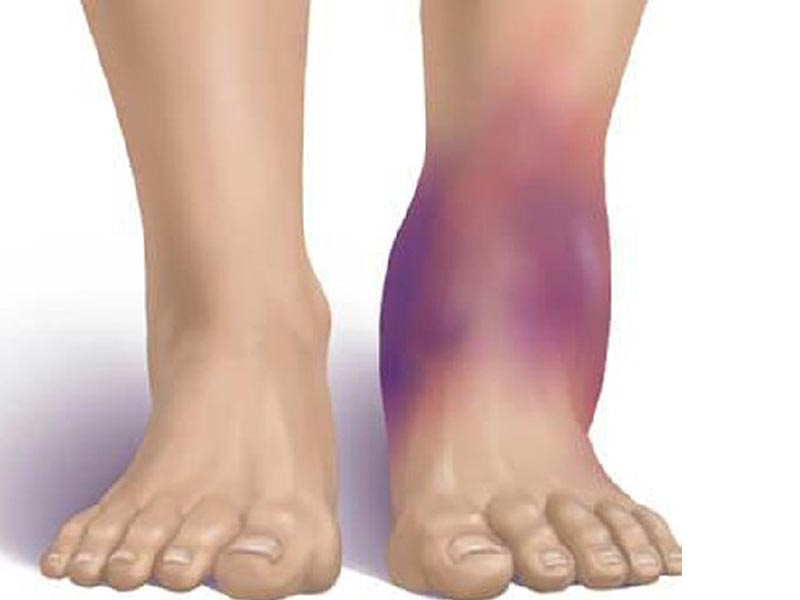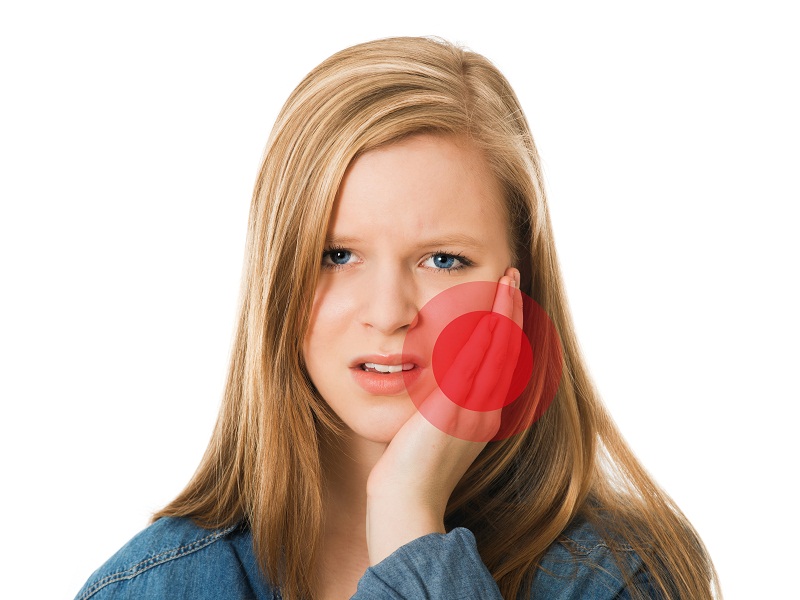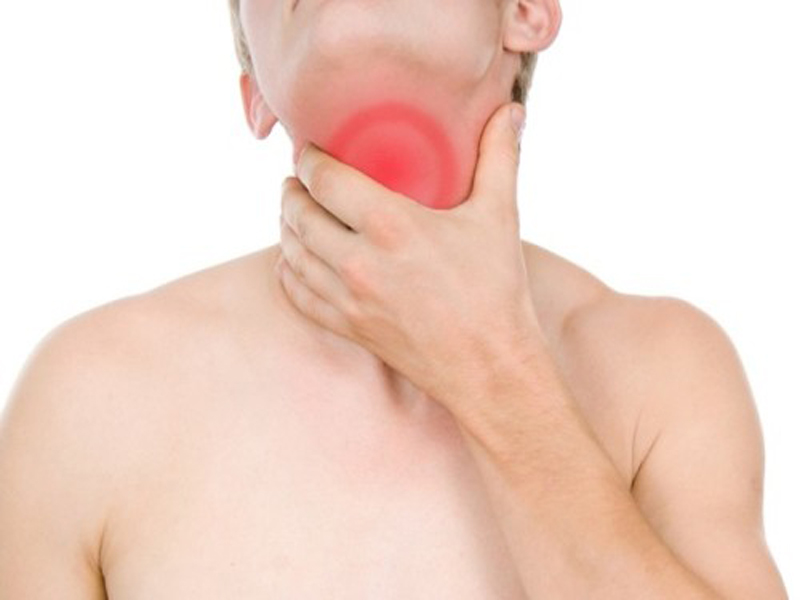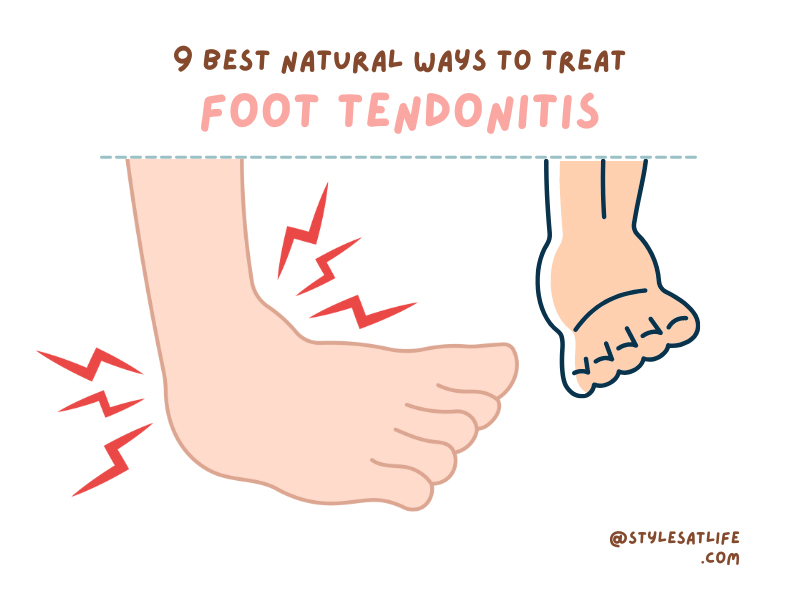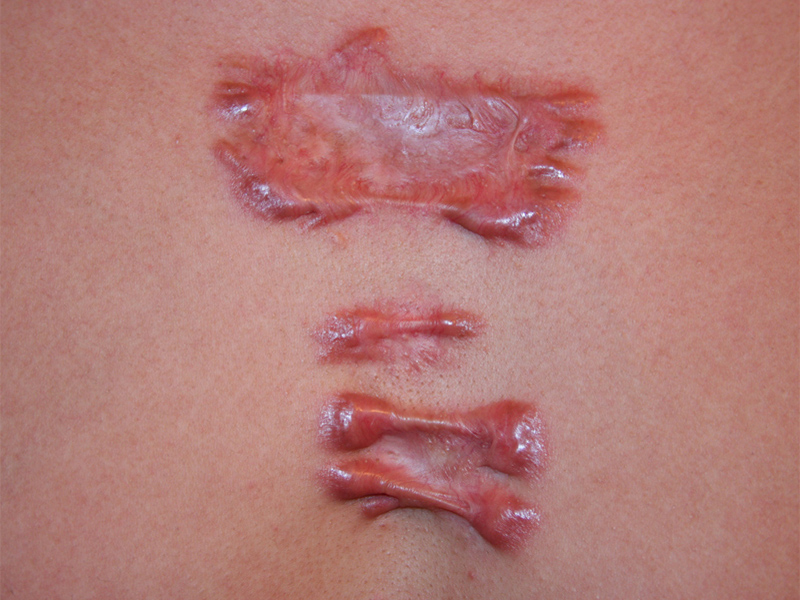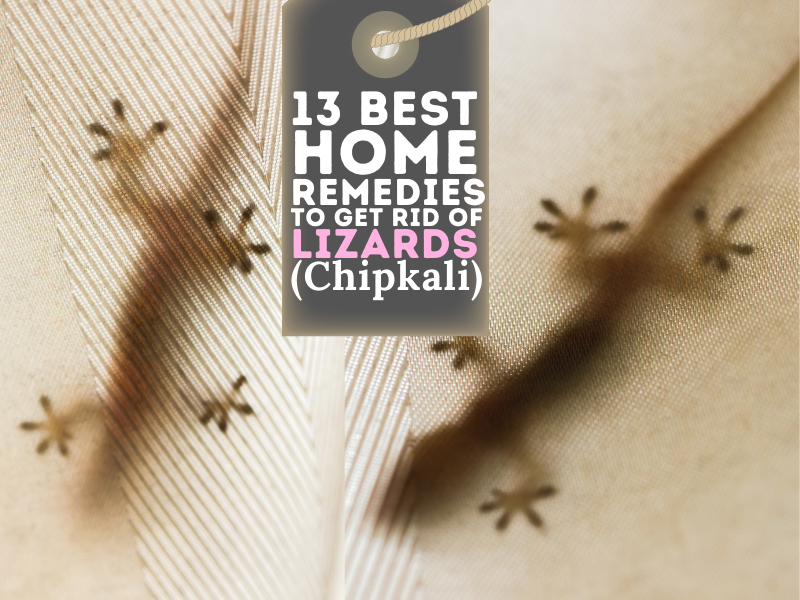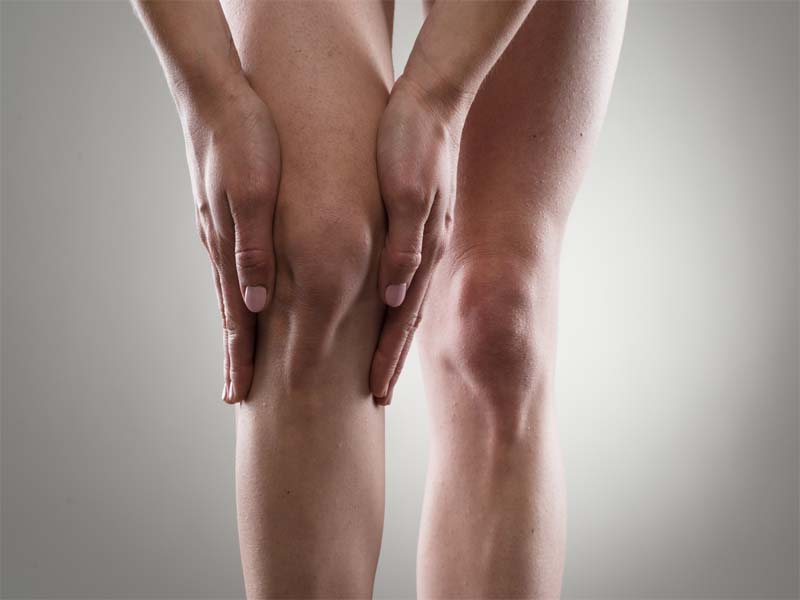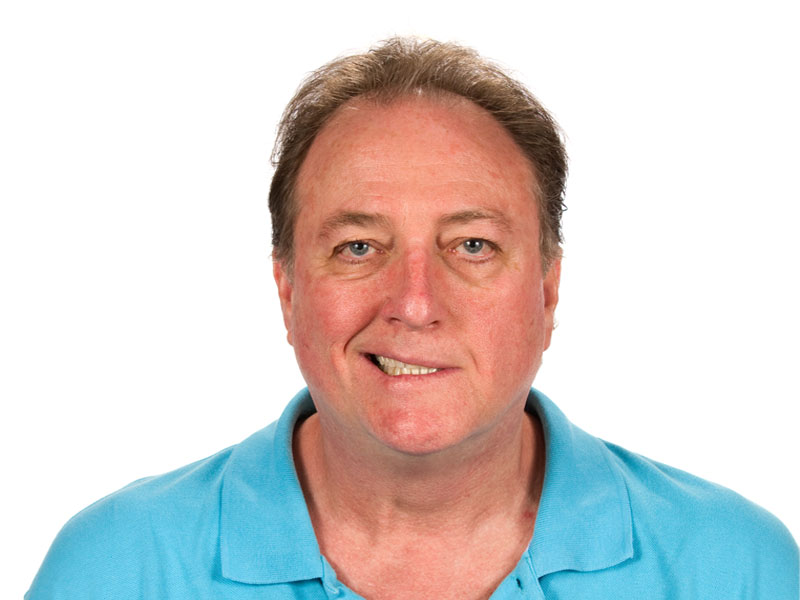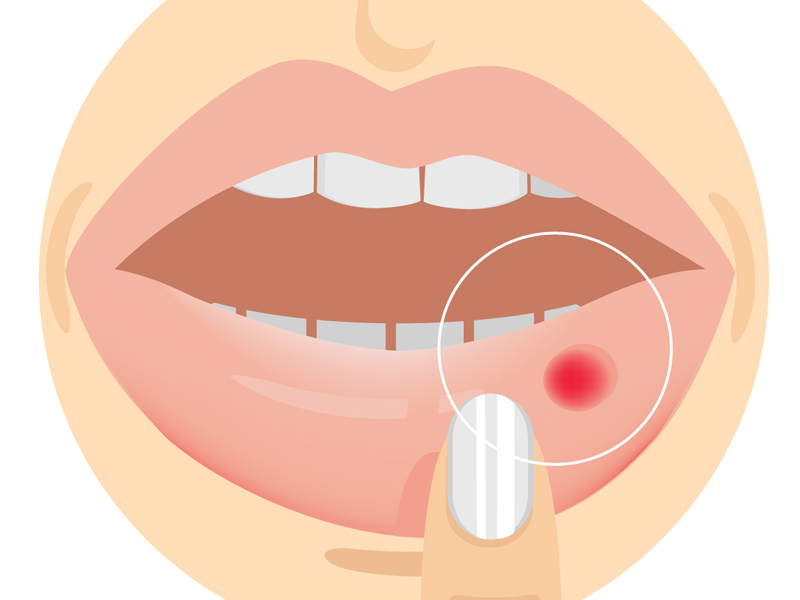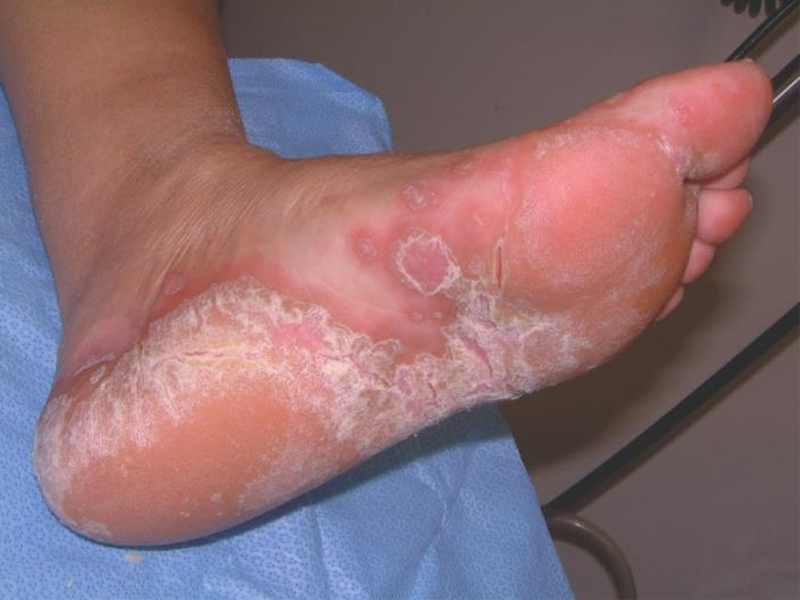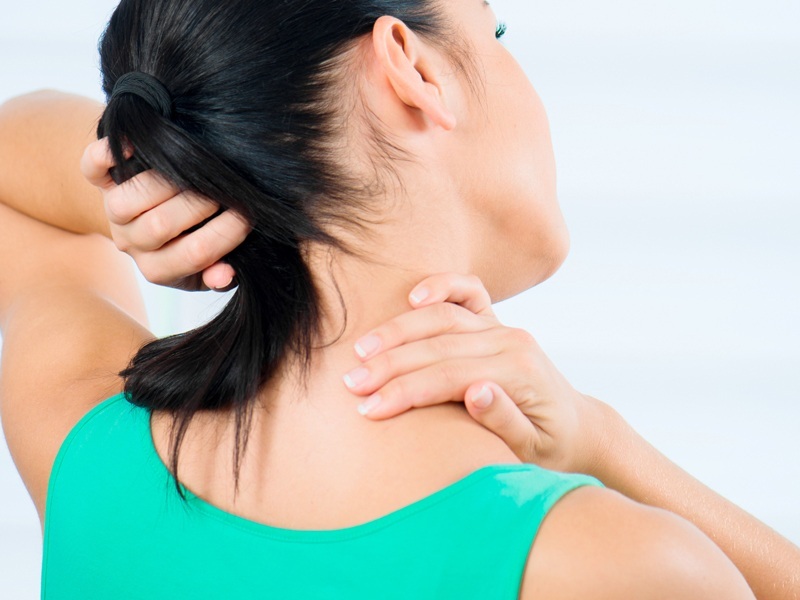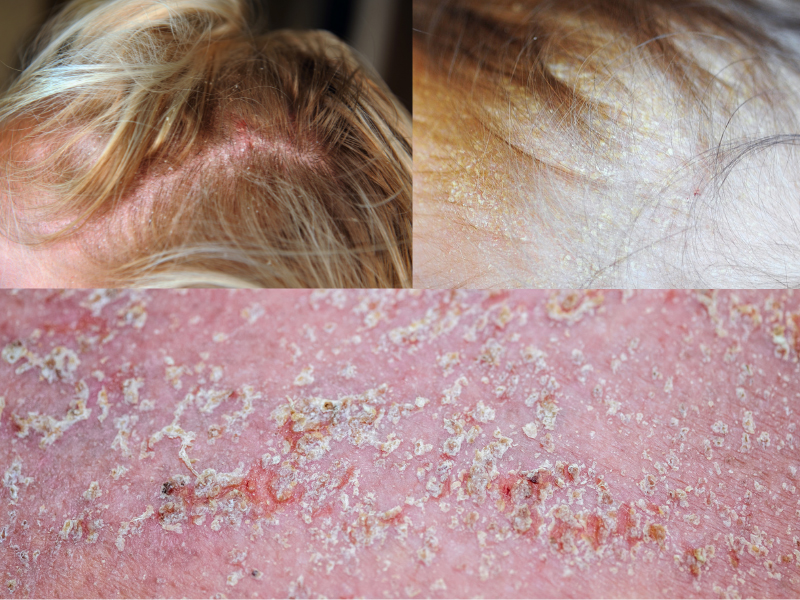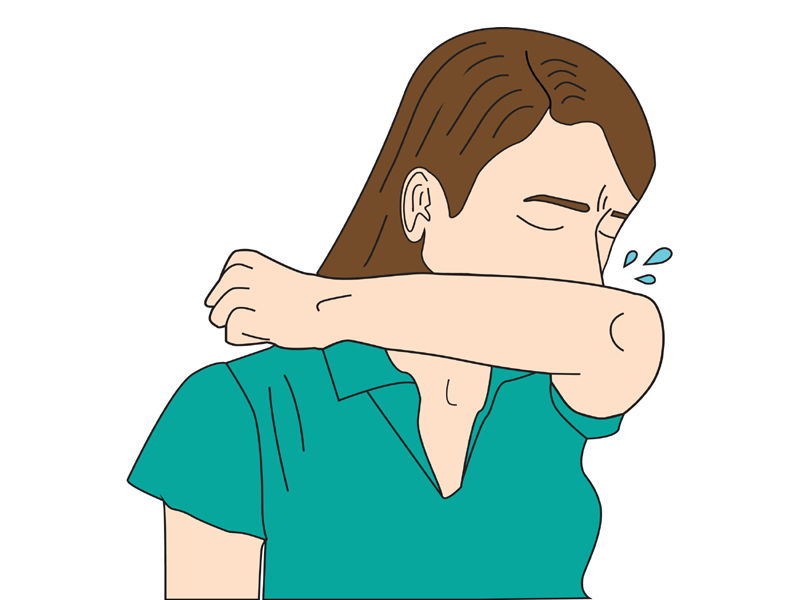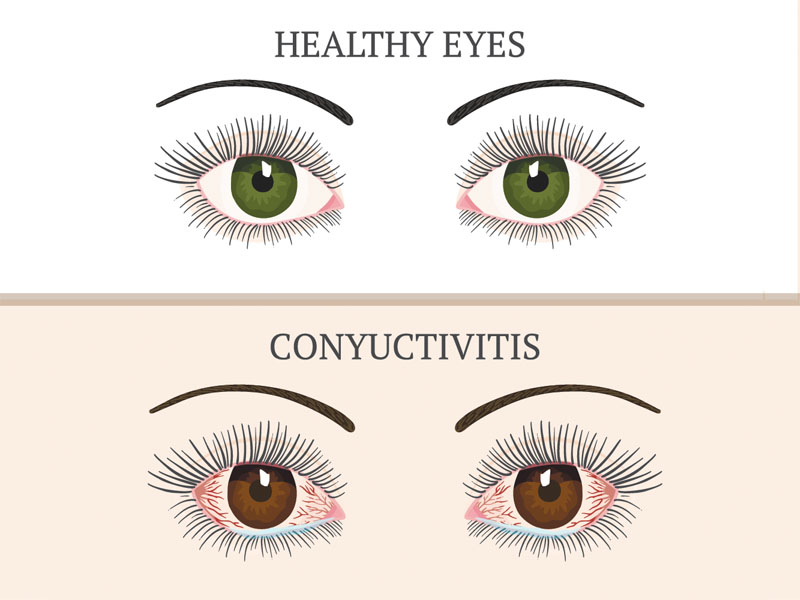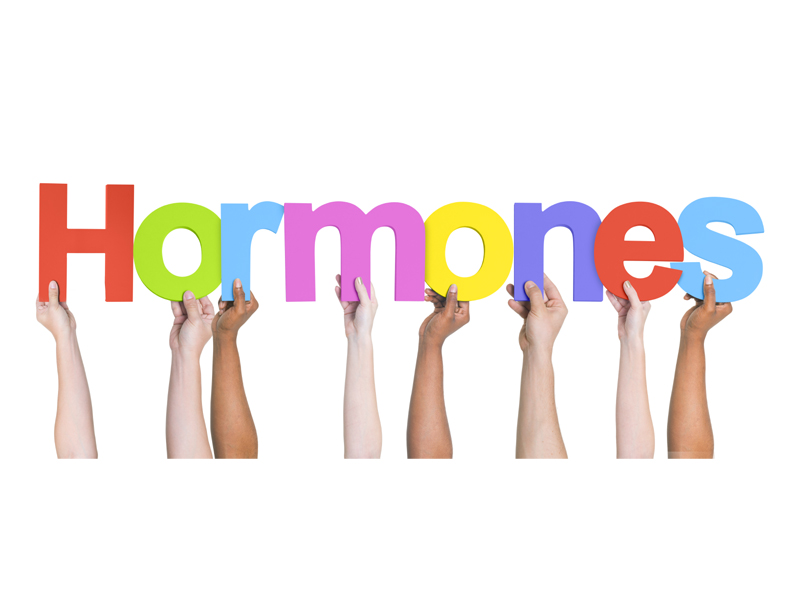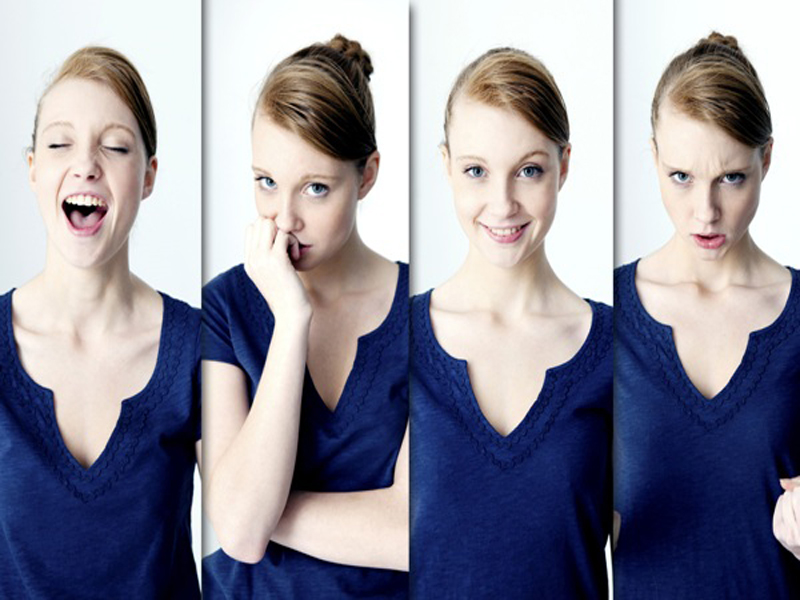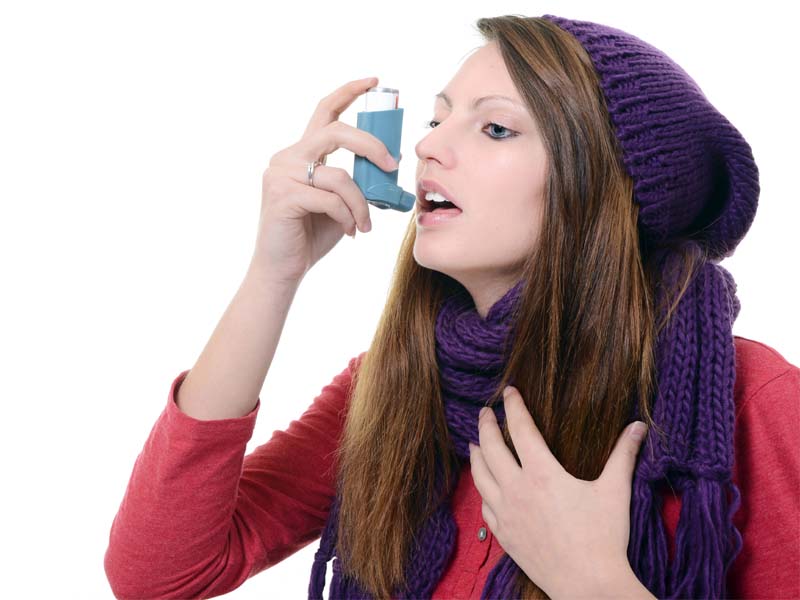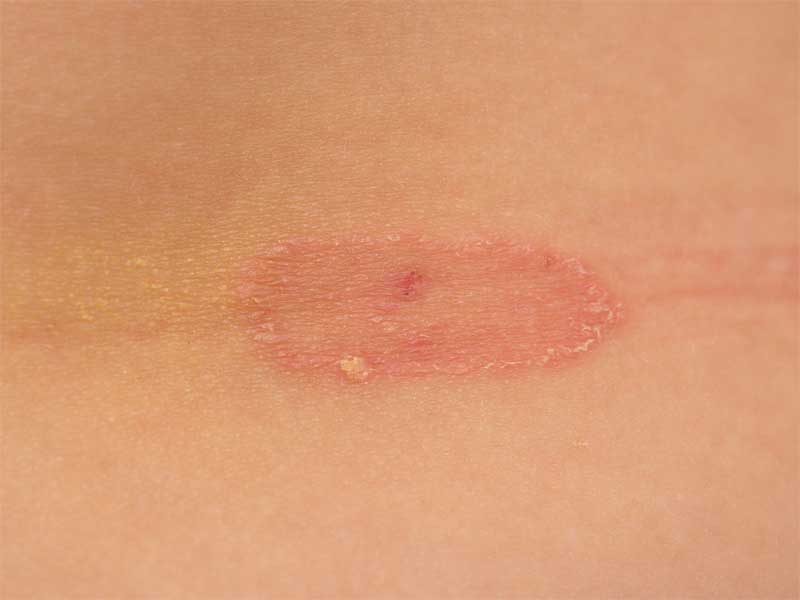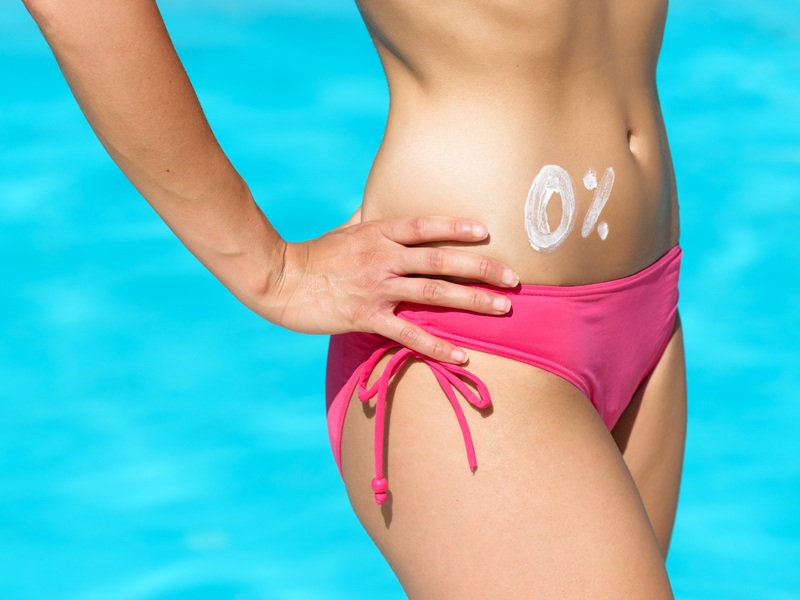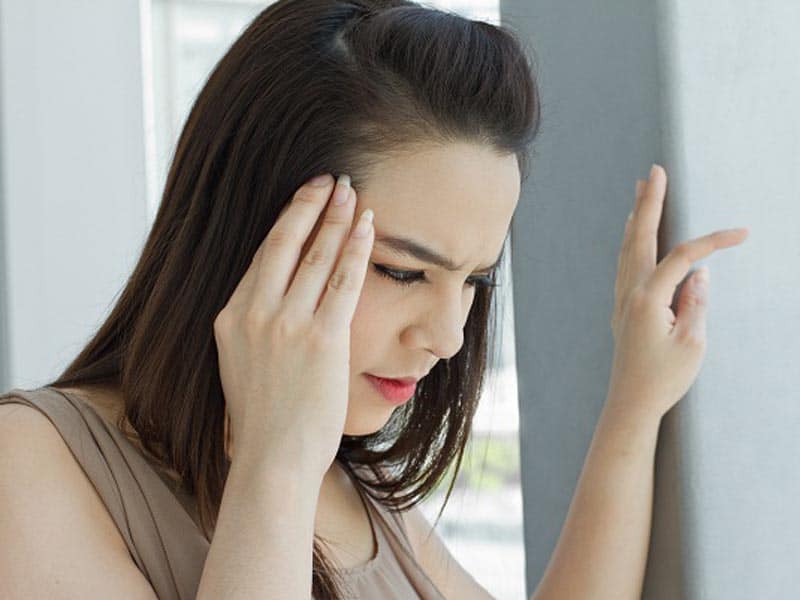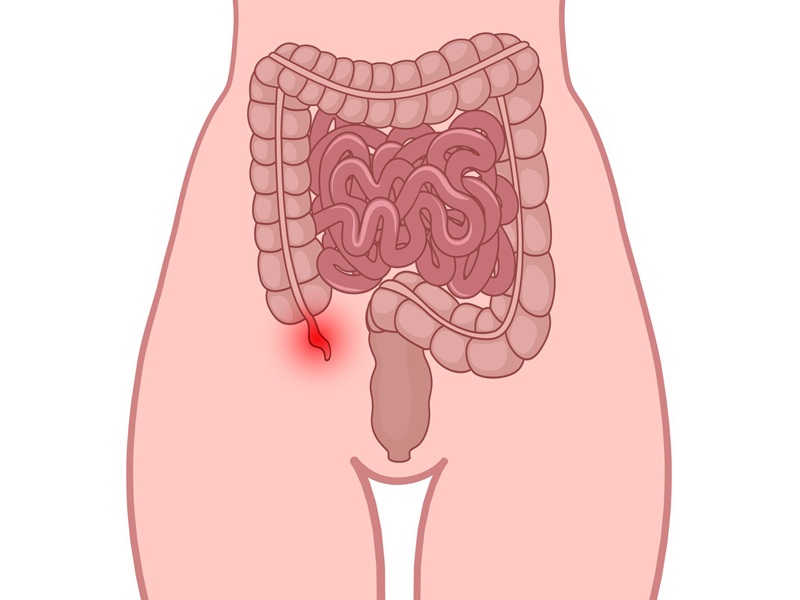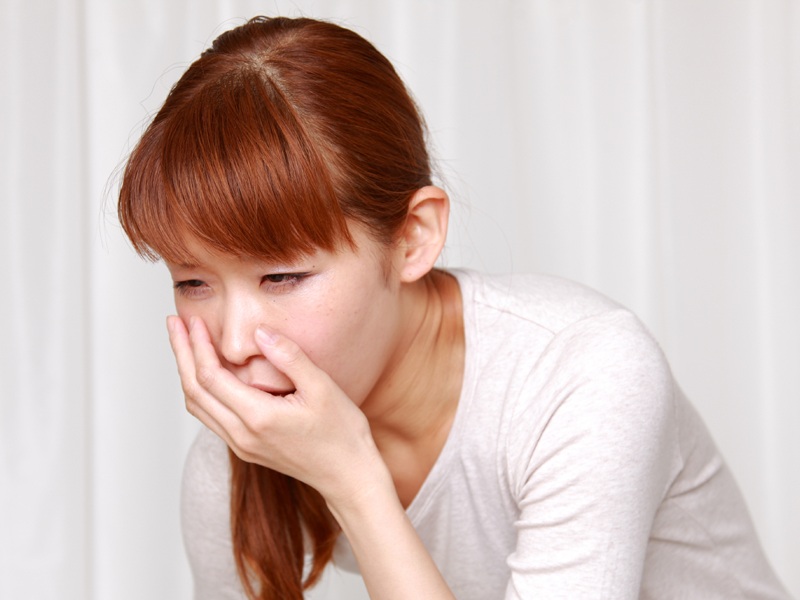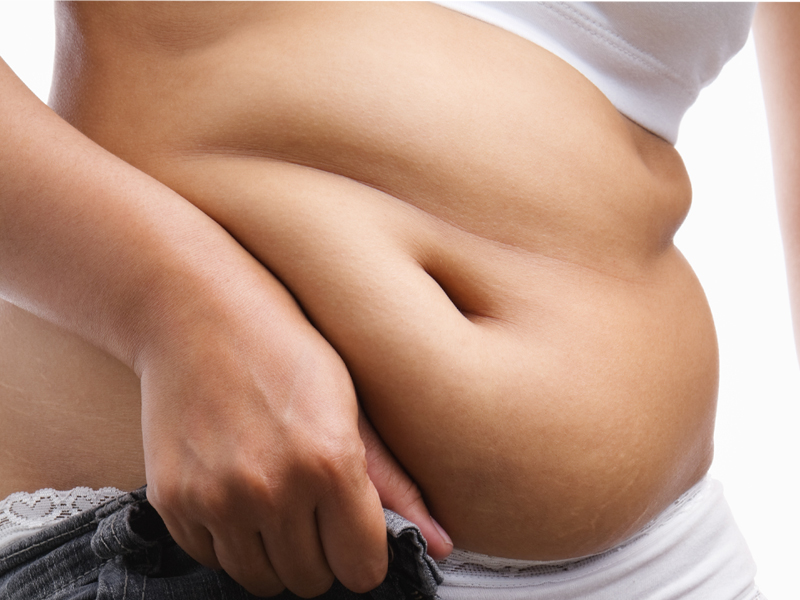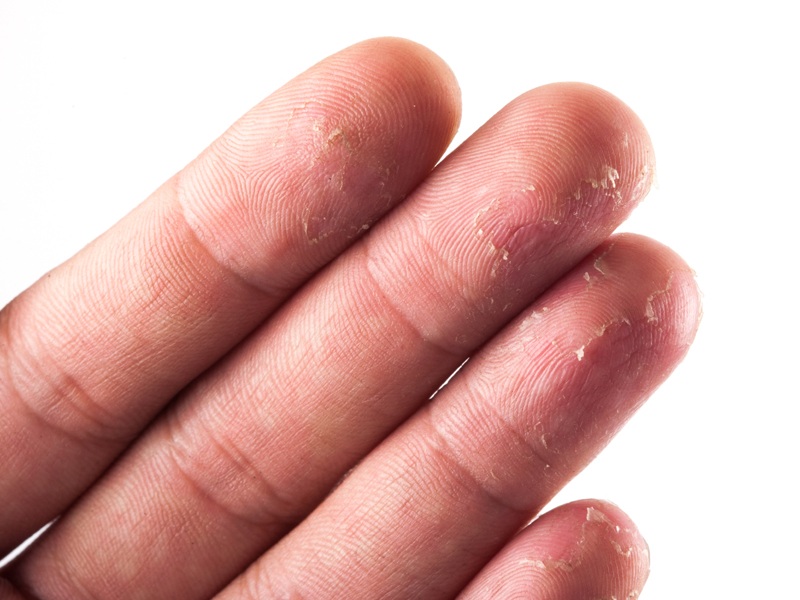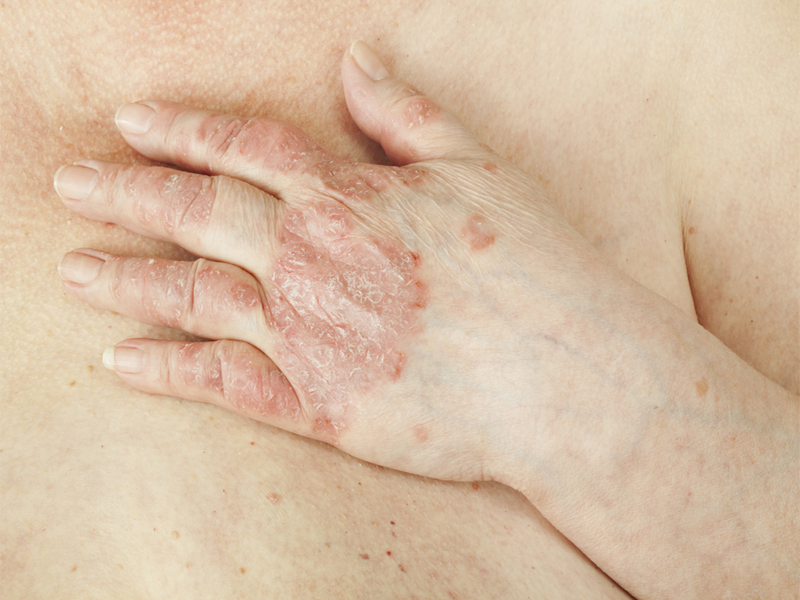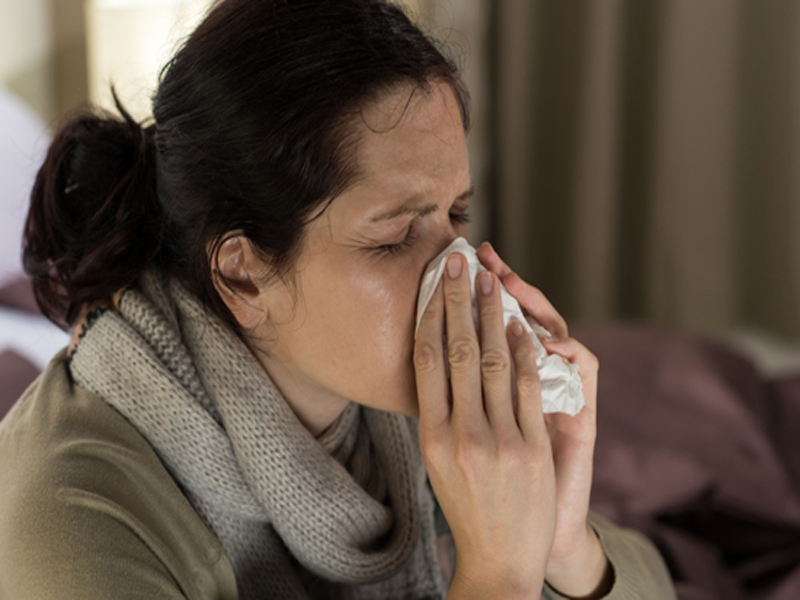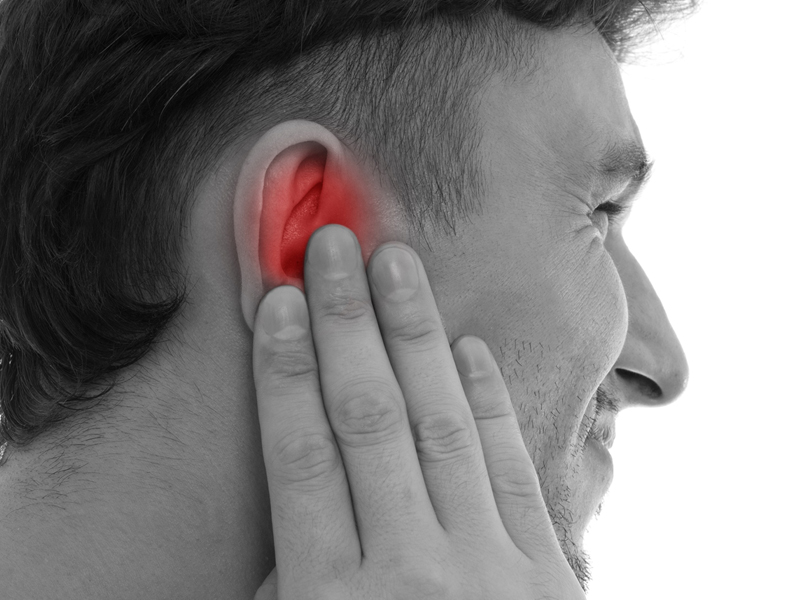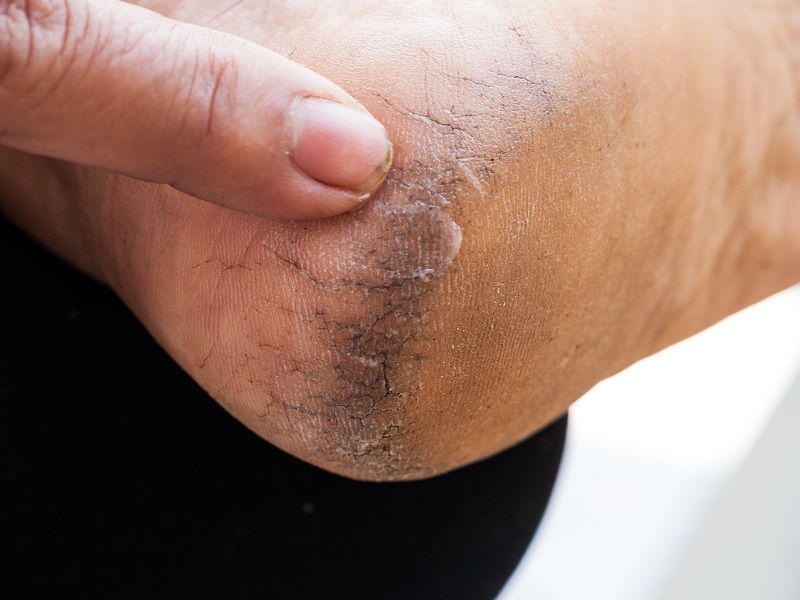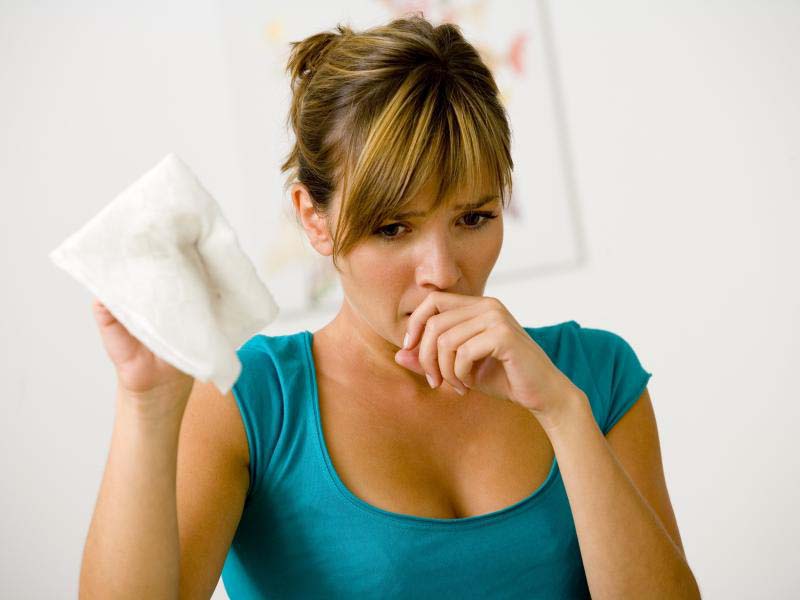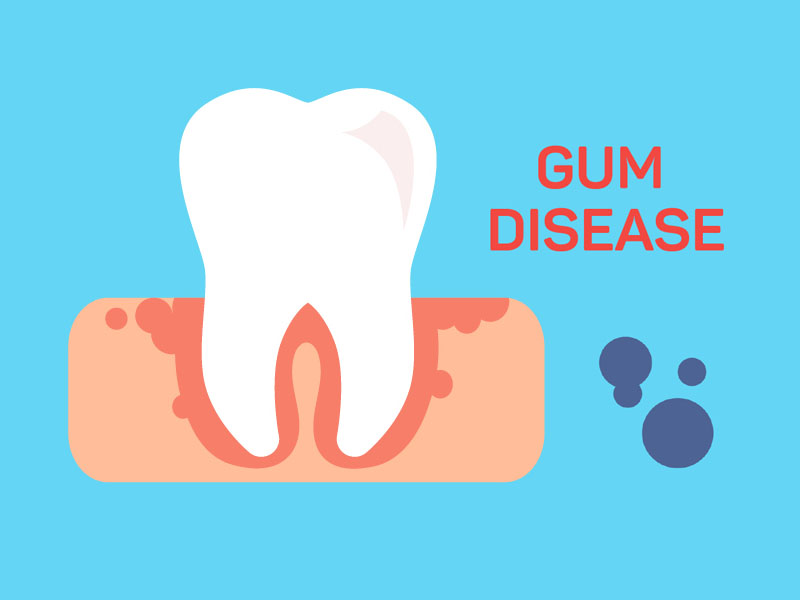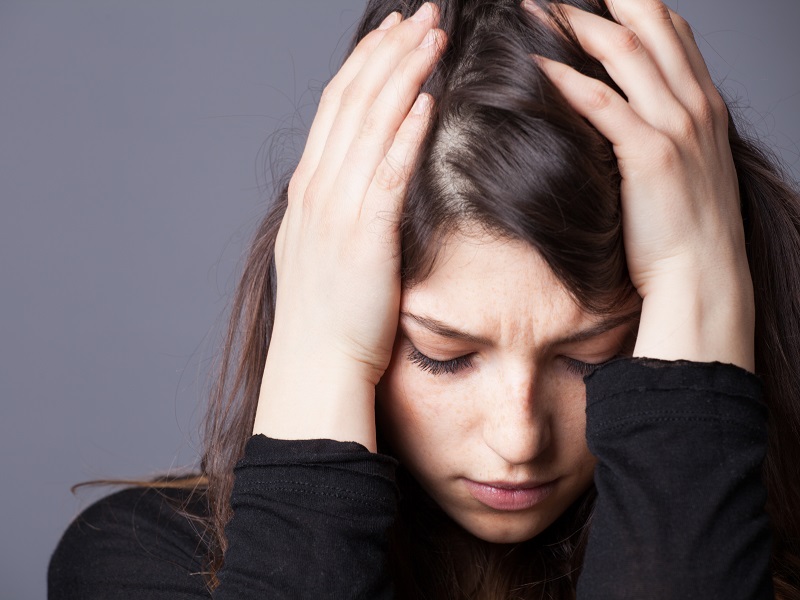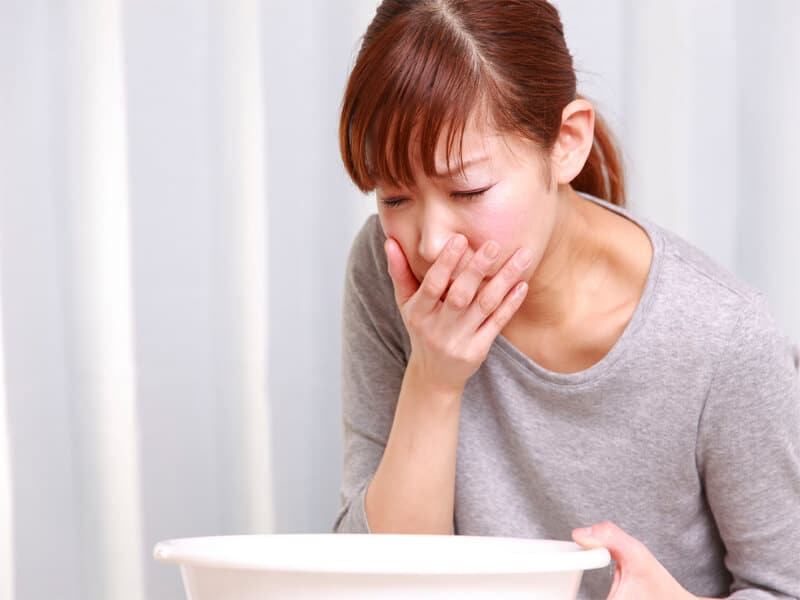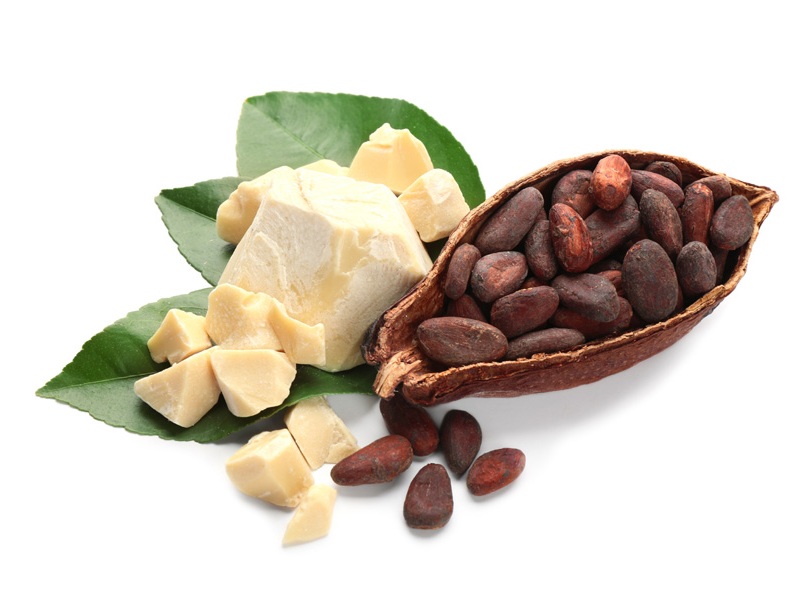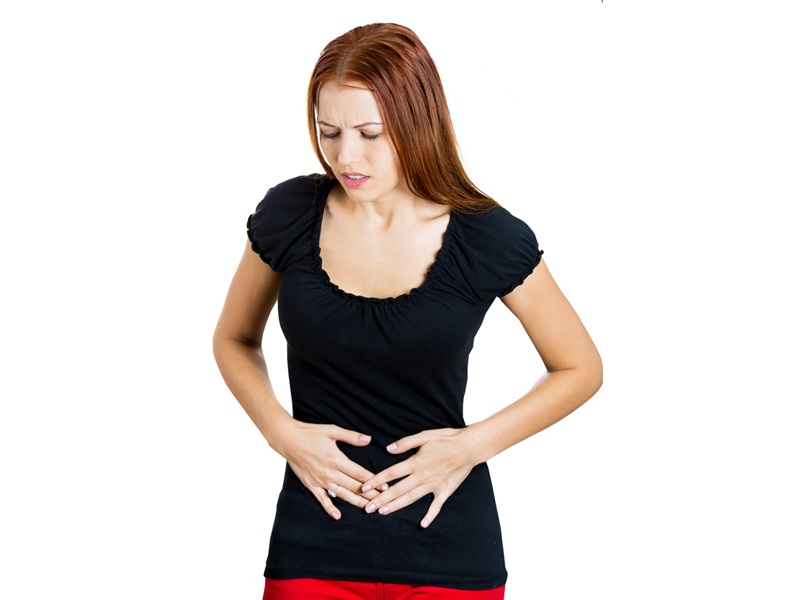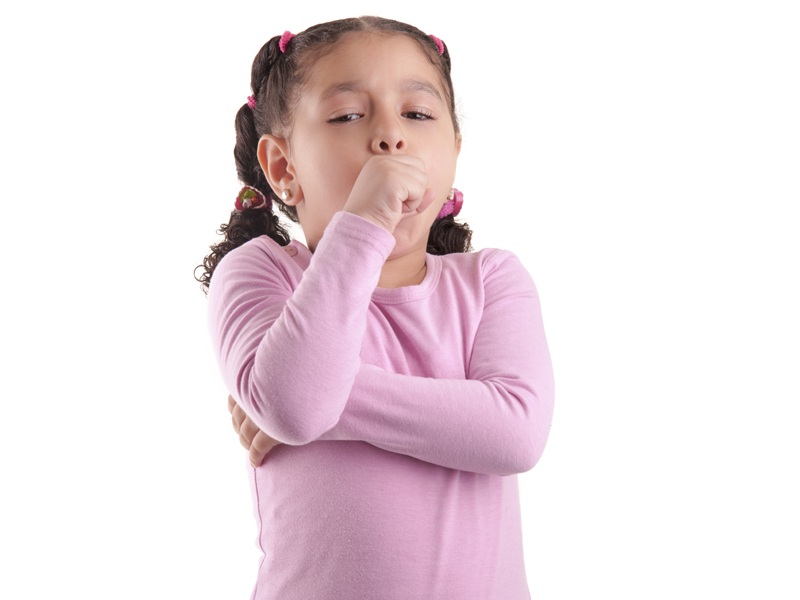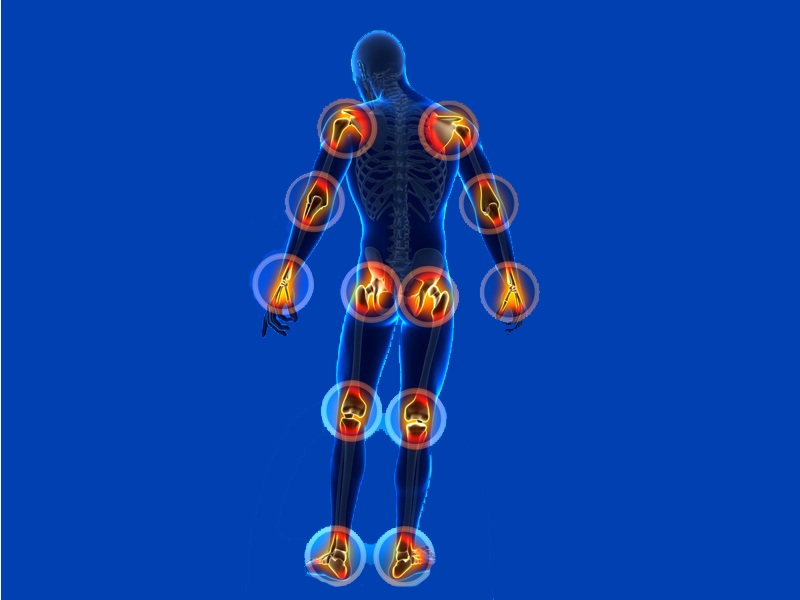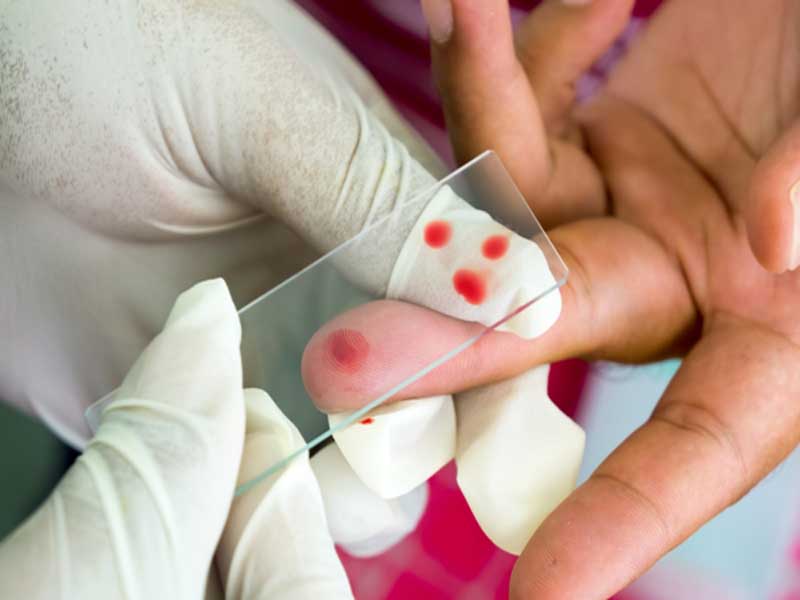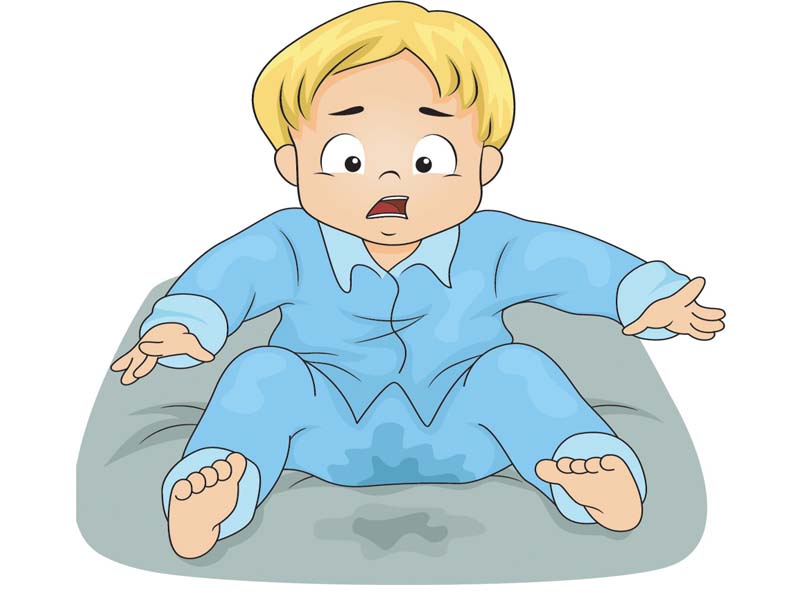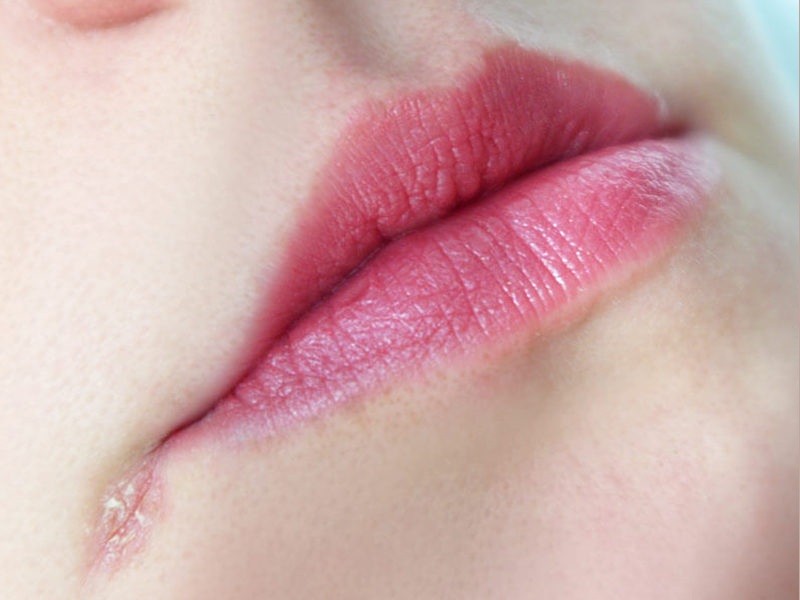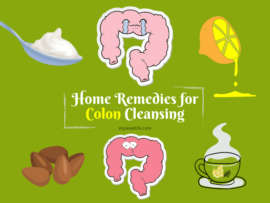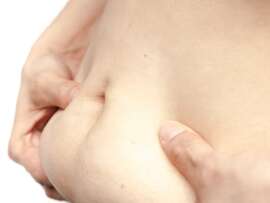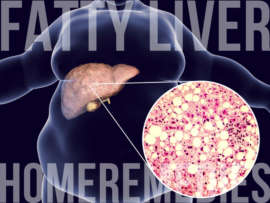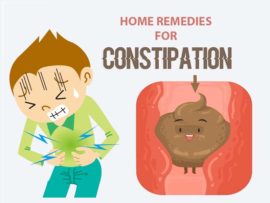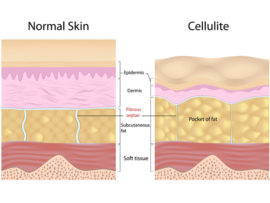Knee pain is one of the most cumbersome and taxing situations to take care of. It is a hindrance while walking and everyday activities also become a challenge. Knee pain in most cases is caused due to damaged ligaments or muscles or due to weakened bones or decreased lubrication between the joints. It is important to diagnose knee pain and prevent further deterioration early. Here are some of the causes and easy, effective and accessible home remedies to curb knee pain. Read on to find out more about it.
Causes of Knee Pain:
- Physical Injury: Injuries like a knee fracture or a ligament tear at the knee could lead to the development of knee pain. Meniscus tears – tears of the knee cartilages due to vigorous physical activity could also lead to chronic knee pain.
- Mechanical Issues: Dislocation of the knee cap or constant walking in improper posture might result in knee pain.
- Medical conditions like rheumatoid arthritis, osteoarthritis and gout can cause chronic knee pain.
- Excessive Weight: Since most of the body weight falls on the knee joint, excess weight could cause strain on the knee and hence cause knee pain.
See More: Reasons For Knee Pain
Symptoms of Knee Pain:
- Constant pain in the knee, even while performing routine activities.
- Swelling in the knee
- Burning sensation at the knee
- Warmth accompanied by redness of the skin around the knee.
- Most common in older people, popping and crunching noises while walking due to lack of lubrication in the joints.
- Inability to completely straighten or bend the knee when erect.
- Trouble putting weight on the knee.
Prevention of Knee Pain:
- It is important to be fit as being overweight causes knee pain by increasing the wear and tear at the joint.
- Wearing a shoe with proper sizing and fit is important to maintain a healthy knee.
- Warming up before exercise and cooling down after is an important step to prevent knee pains after exercise.
- Regular physical activity is important as constant muscle movement is good for muscle flexibility.
- Avoid getting injured at the knee joint while in movement as knee injuries can be extremely painful and restricting.
- Running on hard surfaces should be avoided mostly.
- Exercise as long as your body is fit, but never overdo it.
24 Best Home Remedies for Knee Pain:
1. Ice Compress:
Using an ice compress on the knees 2-3 times during the day helps in reducing the swelling as well as the pain associated with the knee. It soothes inflammation by decreasing the blood supply to that area and reduces the pain associated with swelling instantly.
Knee pain is widespread among pregnant woman, and ice compressions are very effective. It is also an extremely effective method for kids in case of injuries without any side effects.
Ingredients:
- Keep an ice pack in the fridge at all times for instant use.
- You can also use a bag of frozen vegetables in the fridge in case you don’t have ice.
How To Use:
- Put the ice pack or vegetable bag on the knee and press it gently for a few seconds.
- Repeat the process several times until pain relief is obtained.
2. Coconut Oil:
Heat some coconut oil and then use it to massage the knees slowly but firmly. This helps in improving blood circulation to the region and thus helps in the reduction of the pain. Do this every day to get prolonged relief. The home remedy of warm oil massage is soothing and reduces stiffness and hence helps heal knee pain.
Ingredients:
- 1 cup of coconut oil.
- 1-2 pieces of camphor.
How To Use?
- Heat Coconut oil in a vessel and add some camphor to it.
- Then massage this mixture over the affected area and leave it on.
How Often Should I Do This?
- Apply this 2-3 times a day for better results.
3. Fenugreek Seeds:
Fenugreek seeds contain linolenic and linoleic acids which have significant anti-inflammatory and anti-arthritic properties. It is rich in saturates and unsaturated fatty acids which reduce joint inflammation and reduce knee pain considerably. Hence, both consumption and external application of the seeds are extremely beneficial in arthritic knee pain. (1)
Ingredients:
- 2 teaspoons of fenugreek seeds.
How To Use?
- Soak 2 teaspoons of fenugreek seeds overnight.
- Grind them to a smooth paste and apply this paste on to the affected areas.
- Leave it on for an hour and wash off.
- You may soak some fenugreek seeds overnight and then eat it in the morning.
- Or you may crush the seeds into a fine powder, mix it with water and consume it.
How Often Should I Do This?
- This can be tried once every day for good results.
See Also: Natural Remedies For Arthritis
4. Milk And Turmeric:
Curcumin, the extract from turmeric is as effective as ibuprofen in reducing knee pain, as suggested by some clinical trials. The turmeric has significant anti-inflammatory properties and is highly beneficial if taken with milk. It reduces stiffness and improves the flexibility of the knee joint. (2)
Ingredients:
- 1 teaspoon of turmeric powder.
- 1 glass of milk.
- Sugar to taste.
How To Use:
- Mix 1 teaspoon of turmeric powder in lukewarm milk along with sugar and drink for pain relief.
How Often Should I Do This?
- You can do this once every night for effective results.
5. Ginger Tea:
Ginger has long been used as a home remedy for various inflammatory conditions. It reduces inflammation by restricting blood supply for the product of inflammatory mediators and decreases pain significantly. Ginger helps in reducing joint swelling and hence the breakdown of articular cartilage. It also aids in natural repair of articular cartilage repair and growth. Ginger is consumed in raw form but is also available in the form of oil, juice, capsules and powder. (3)
Ingredients:
- 1 inch piece of ginger.
- 1 cup of water.
- Sugar to taste.
How To Use:
- Consume the ginger raw or boil it in a cup of water with sugar for 15 minutes and drink the ginger tea.
How Often Should I Do This?
- It can be consumed 1-2 times every day for best results.
6. Exercise And Stretching:
Light exercises and stretching relieve muscle stiffness and pain. It also helps in improving blood circulation to the knees and reduces inflammation and knee pain. Try and consult a professional to get to know more about the light exercises and stretching suitable for you. If you have severe knee pain, consult a doctor or physiotherapist to set up a customised regimen according to your needs.
Read: What Yoga Poses are Good for Knee Pain?
7. Increase Calcium Intake:
Calcium is very essential for bone growth and development. A dietary deficiency of calcium weakens bones and leads to osteoporosis or bone degeneration. Adequate calcium intake ensures joint health and reduces chronic knee pain. Milk, yoghurt, nuts are a few good sources of vitamin D. Older women are advised to take calcium and vitamin D supplements to reduce degenerative changes and pain associated with osteoarthritis.
8. Heat And Cold Therapy:
Using a heating pad to rest your knee can help the joint from stiffening up by increasing the blood supply to the joint. Wrapping a cool compress around the knee reduces pain and swelling by decreasing the inflammatory mediators in the joint. Keep alternating between hot and cold compresses. Use cold compresses more often in the first few hours after any injury to reduce pain as inflammation and swelling are more during that time.
9. RICE (REST ICE COMPRESSION ELEVATION) for Knee Pain:
Rest, Ice, Compression and Elevation help treat knee pain resulting from soft tissue injuries, such as sprains.
- Rest gives tissues time to heal and decreases further damage to tissues. However, prolonged rest can be harmful as it leads to muscle stiffness and pain.
- Ice can help decrease joint swelling and inflammation. Apply cold compresses directly over the swelling to reduce pain significantly.
- Compression with knee support can improve joint strength and comfort. Make sure that the support is not too tight.
- Elevation or keeping the leg raised encourages circulation to the knee joint and reduces pain and swelling.
10. Lemon Tea:
Lemon will surely come in handy if you’re looking for home remedies for knee pain. Lemons are rich sources of vitamins and minerals such as vitamin C, A, B1, B6, magnesium, bioflavonoid, calcium and potassium, which are essential for healthy bone growth. The essential oils in lemon peels help relax blood vessels and produce an anti-inflammatory effect, thus making them useful for joint pain.
Ingredients Needed:
- 1 teaspoon of freshly squeezed lemon juice.
- 1 inch piece of ginger.
- One teaspoon of honey.
How To Use?
- Boil ginger in water for 10 minutes and add the lemon juice and honey to it drink when warm.
- The ginger also aids in anti-inflammatory and anti-rheumatic effect in reducing knee pain.
How Often Should I Do This?
- This drink can be had once a day for effective reduction of knee pain.
11. Mustard Oil:
Seeking for some home remedies to treat knee pain? Mustard oil is here to assist you with your knee problems !! Mustard oil has great anti-inflammatory properties and soothes aches and reduces pain by reducing inflammation. It has been found out that mustard works against certain pain receptors in the body and blocks pain signals. It also can lower body temperature and reduces fever associated with inflammation.
Ingredients Needed:
- 1 cup of warm mustard oil.
- 1 sponge.
How To Use?
- Heat the mustard oil to make it warm and dip the sponge in it.
- Apply it as a hot compress to the affected area and repeat several times.
How Often Can I Do This?
- Do this massage once every day for best results.
12. Epsom Salt:
This variety of salt contains magnesium and is one of the best home remedies for knee pain. The magnesium sulfate content helps to reduce the inflammation and relaxes the muscle since magnesium acts as a muscle relaxant. It assists in removing the excess fluid from the tissues and reduces the swelling and pain that your knee is experiencing.
Ingredients:
- 1 tablespoon of Epsom salt.
How To Use:
- Add the Epsom salt to a tub full of warm water.
- Soak your knee in the water for 15 minutes for long term pain relief.
13. Eucalyptus Oil:
This oil has anti-inflammatory and analgesic (pain-relieving properties) that assist in reducing the inflammation and swelling of the knees. It cools and relaxes the affected area and prevents arthritis knee pain.
Ingredients:
- 5-6 drops of eucalyptus oil.
- 2-3 drops of peppermint oil.
- 2 tablespoons of olive oil.
How To Use?
- Blend six to seven drops of eucalyptus oil along with peppermint oil and mix them with two tablespoons of olive oil.
- Then store this mixture in a glass bottle and keep it away from direct sunlight. Keep it in the dark area.
- Massage it onto the affected area whenever required gently till absorbed.
How Often Should I Do This?
- Massage with this oil every day to get the best results.
14. Avoid Working Out:
If you’re an expert in doing squats, then avoid those heavy weight exercises for quite some time until your knee is completely cured. But do keep working on your weight, hence the more the weight, the more you will have problems with your knee since the knee takes the pressure of the whole upper body. However, too much of exertion might prove detrimental to the knee joint before it recovers completely.
It is important not to work out and strain the knee until it recovers.
15. Eat A Healthy, Anti-inflammatory Diet:
Choose a balanced meal plan which includes lots of fresh fruits and vegetables rich in phytonutrients, which reduce the oxidative stress and degenerative changes in knee problems. Use plenty of anti-inflammatory foods like ginger and lemons in your diet to fight inflammation and reduce knee pain.
See Also: Foods That Helps To Heal Back Pain
16. Hamstring Stretch:
Stretch your hamstring a little more often. Studies have been proved that proper stretching also reduces many joint and bone issues. Along with the hamstring it is also recommended that you stretch your calf and legs, in order to maintain the proper tone of muscles and reduce knee pain.
How To Do It?
- Sit on the floor with legs straight.
- Extend your arms and reach forward as much as possible without bending your knees.
- Hold this position for 15-30 seconds.
- Come back to your original position.
- Repeat this cycle 3 times every day for long term relief from knee pain.
17. Giloy:
Giloy contains anti-inflammatory and anti-arthritic properties that help reduce inflammation, improve joint mobility and decrease joint pain. It is more effective when used in conjunction with ginger for arthritis.
Ingredients:
- 1 teaspoon of giloy powder.
- One cup of milk.
- 1 inch ginger piece.
How To Use:
- Boil the giloy powder and ginger in milk for 10 minutes and consume warm.
How Often Can I Do This?
- This concoction can be consumed once every day.
18. Regular Massage:
You yourself can do this home treatment for pain of knee. Learn some massage tricks from the internet and massage the affected area. You can also apply some anti-inflammatory oil which comes with cooling agents. This will assist in reducing the pain a lot quicker than you can think of.
A regular massage of the knee will ensure flexibility of the knee and improve circulation, reducing chronic knee aches. Massages are very soothing and help get rid of any stiffness in the knee.
19. Aromatherapy:
In addition to prescription medicines and occupational therapy, many people prefer aromatherapy to alleviate joint pain and stiffness Aromatherapy is used for pain relief only as it does not stop the disease progression. Several essential oils like peppermint, orange, especially frankincense and myrrh, are known to be quite effective for soothing knee pain when used as candles in aromatherapy.
20. The Holy Basil:
Holy basil or tulsi is one of the important home remedies for joint pain as well as knee pain. It is widely known for its anti-rheumatic and anti-spasmodic properties. Basil can be used both externally and internally to treat joint related illnesses.. It reduces degeneration of the joints, reduces inflammation, muscle spasms and reduces knee pain effectively. Joint mobility and stiffness also improved gradually.
-
Tulasi oil :
- Application of tulasi oil widely available in pharmacies and ayurvedic inlets has been shown to be quite efficacious in chronic knee pain conditions (4)
-
Tulasi Ginger Tea:
-
- Both tulasi and ginger have been proven to have anti-rheumatic and anti-inflammatory properties effective for reducing knee pain.
Ingredients:
-
-
- 5-6 tulsi leaves.
- 1 inch piece of ginger.
- 1 cup of water.
-
How To Use?
-
-
- Boil the tulasi leaves and ginger in water for 10 minutes and consume warm.
-
How Often Should I Do This?
-
-
- This drink can be consumed once every day for good results.
-
21. Grape Seed Extract:
Grape seed extract contains proanthocyanidins which reduces the process of joint destroying inflammation and are potential anti-inflammatory agents. It also improves circulation to the joint and reduces swelling and pain. It also has high antioxidant property.
Grape seed extract is available in many forms in the market as tablets, powder etc. Its usage will significantly reduce knee pain on long term usage. (5)
22. Apple Cider Vinegar:
Apple cider vinegar is a traditional home remedy used to treat a variety of inflammatory and skin conditions. It has anti-inflammatory properties which help with symptoms of arthritis, including pain and swelling. It is believed to contain pectin, which may absorb specific toxin buildup and relieve knee pain.
Ingredients:
- 1 small cup of apple cider vinegar.
- 1 glass of water.
How To Use:
- Dilute the apple cider vinegar in water and drink it.
How Often Should I Do This?
- This remedy can be done once every day.
23. Willow Bark:
Willow bark is obtained from some species of Salix trees and has been used for treating inflammatory conditions since olden days. It is considered as a natural source of acetylsalicylic acid (aspirin). Its active ingredient, salicin, relieves pain by reducing the production of pain inducing chemicals in the nerves and eases discomfort. It is anti-inflammatory as well and helps relieving knee pain caused by osteo arthritis. However, it should be used cautiously if you have liver or gastrointestinal problems. It should not be used in children due to the danger of causing Reyes Syndrome.
24. The Low Impact Exercise Trick:
The best way to keep yourself fit and also not place too much pressure on the knee is to choose the right exercise for yourself, where you can easily move your knees and put less pressure on the joints than you usually do during working out. Some of them are:
- Hamstring curls.
- Prone straight leg raise.
- Wall squats.
- Calf raise.
- Step-ups.
- Leg presses.
Exercises help keep the body mobile and reduce body stiffness. It is important for children and pregnant woman to continue low impact exercises as a good remedy for knee pain.
To ease knee pain and inflammation, home remedies do an amazing job. They are very healthy and easy to access, most importantly without any side effects. What is important is to keep a check on which remedy suits you the best and follow the regime. Don’t delay anymore. Try them out and let us know which one you were benefited by the most!!
DISCLAIMER: The information provided in this article is for educational purposes only and is not intended to be construed as medical advice. If you or any other person has a medical concern, you should consult with your health care provider or seek other professional medical treatment. Never disregard professional medical advice or delay in seeking it because of something that have read on this blog or in any linked materials. If you think you may have a medical emergency, call your doctor or emergency services immediately.
Frequently Asked Questions:
1. What Are The Best Exercises To Relieve Knee Pain?
Ans. Exercises are important for body flexibility. Here are some of the most beneficial exercises for knee pain.
- Leg Raises: Lie down on you back and raise the legs keeping the knee straight.
- Wall Squats: Wall squats help remove stiffness associated with knee pain.
- Walking: This is the best exercise for chronic knee pain.
- Side-leg Raises: Stand straight with support and lift the legs on the sides. It is important to keep the knee straight. This stretches the knee which helps reduce knee pain.
- Hamstring Stretch: Lie down on your back and stretch one leg towards the ceiling. Now bring the knee to your chest and stretch it back towards the ceiling.
2. Who Are At Greater Risk Of Knee Pains?
Ans:
- Knee pain can be caused due to injury or obesity which can affect anyone at any age.
- Knee pain due to arthritis can affect anyone from the age 45 and above. This is due to enhanced wear and tear of the muscles around the knee. These causes easy wear down of the knee cartilage.
- Women are at greater risk of knee pains due to loss of cartilage after the age of 55. Women are at greater risk of knee pain and arthritis than men as they have lower bone density at the hip and lumbar spine.
- Active kids are also at high risk of knee injuries and hence knee pain.
3. What Foods To Avoid For Knee Pain?
Ans: Following a healthy diet is important and there are some foods that increase the knee pain:
- Processed Food: Processed foods contain trans fat that triggers systemic inflammation
- Too Much Sugar: High levels of sugar releases proteins called cytokines that causes inflammation.
- Red Meats: Red meats contain saturated fats that cause high cholesterol and inflammation.
- Fried Foods: Fried foods have high levels of advanced glycatin end products that arouse inflammation
- Refined Grains: Refined grains increase blood glucose levels that increases inflammation that cause knee pain


